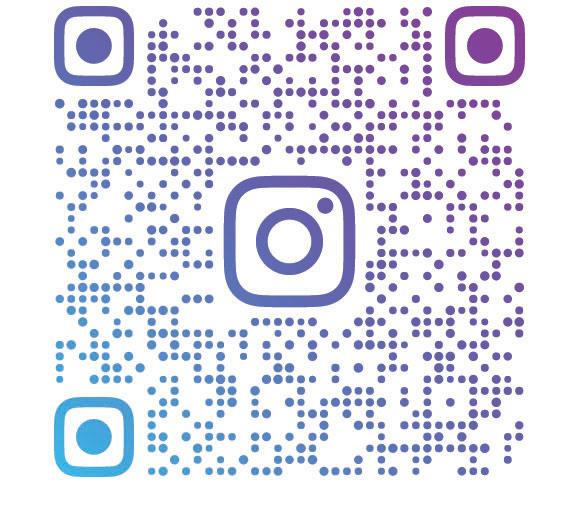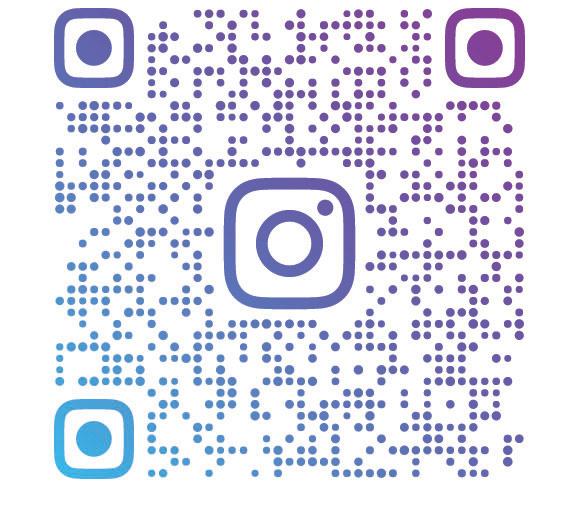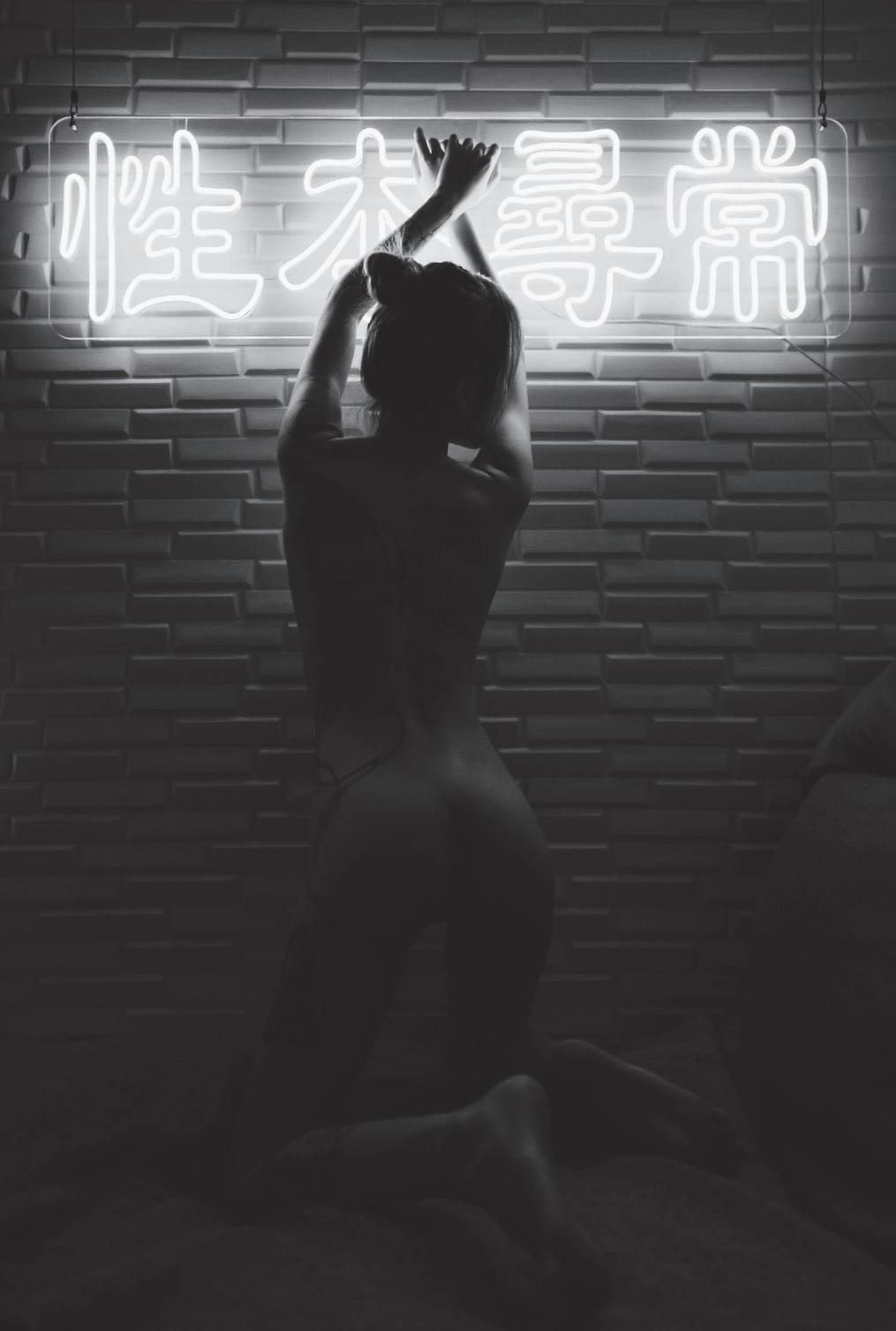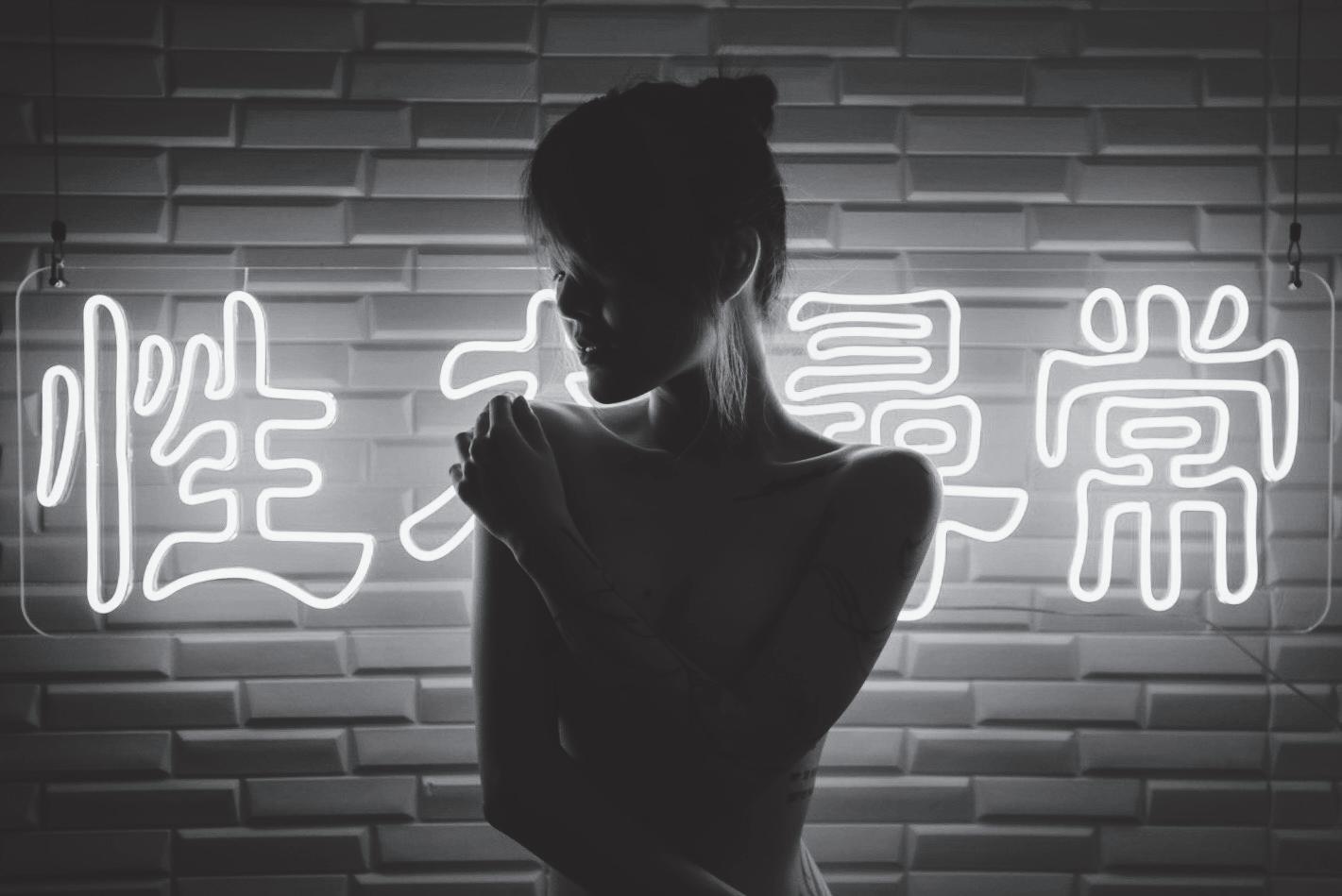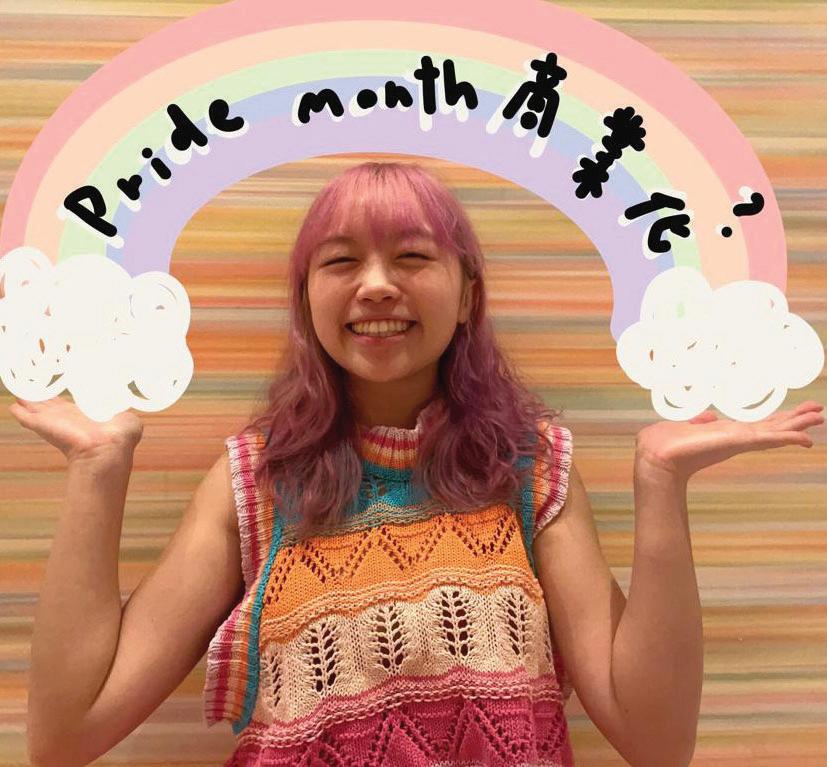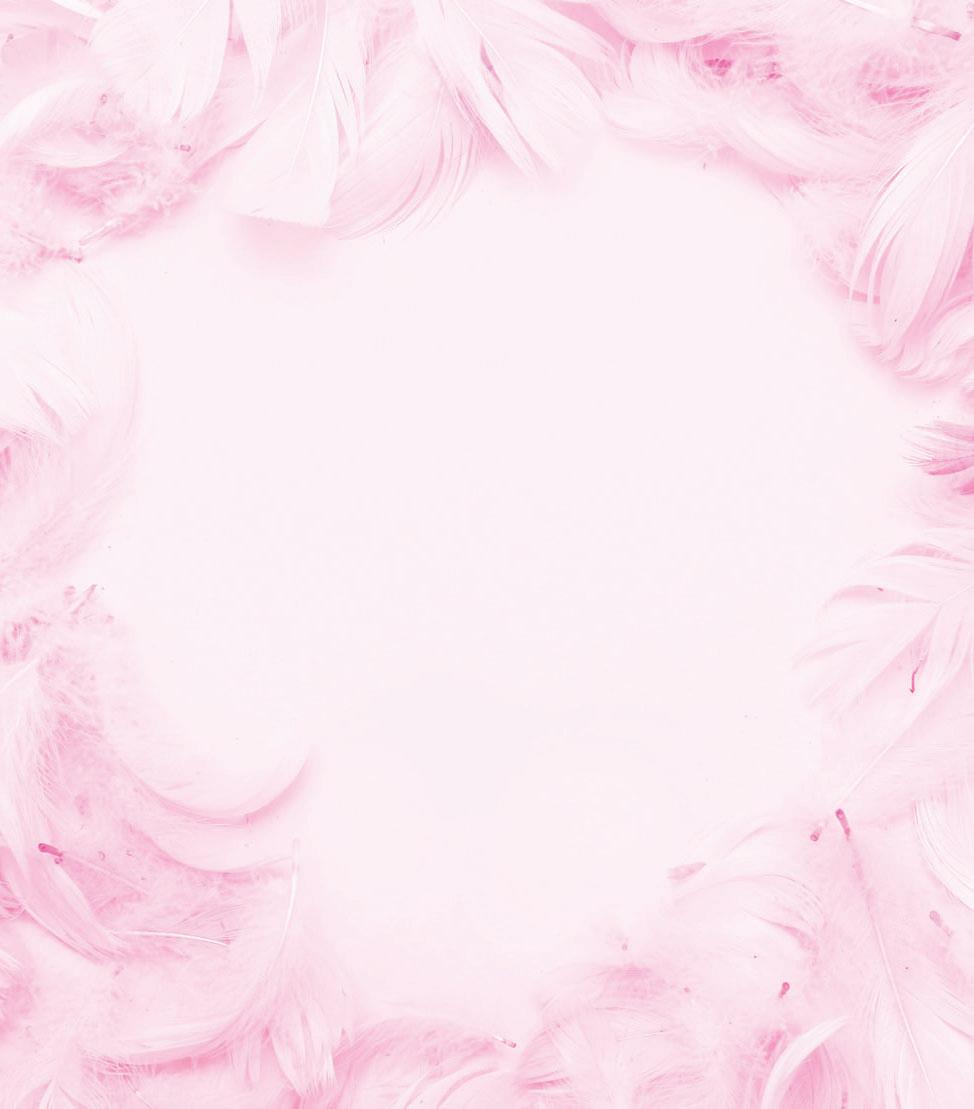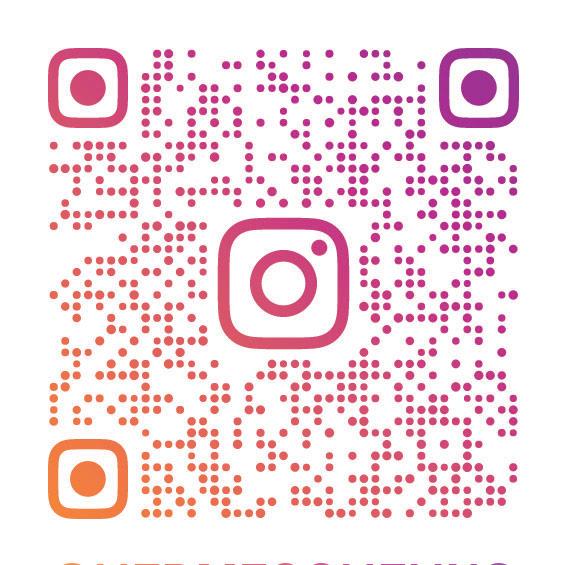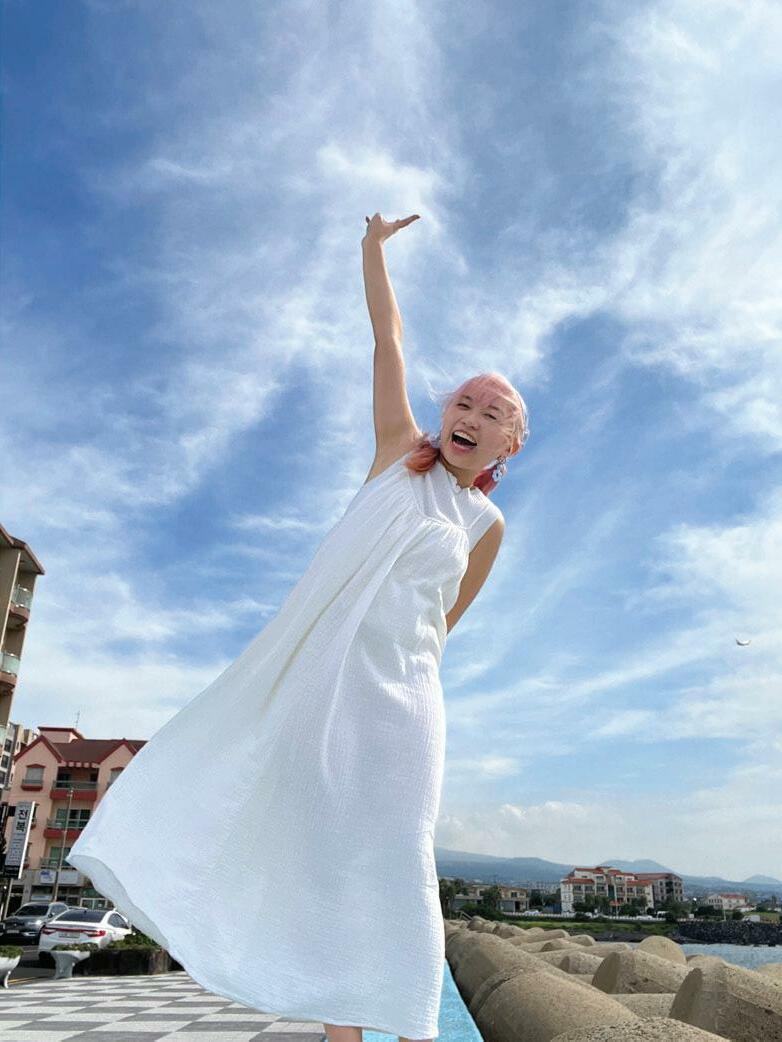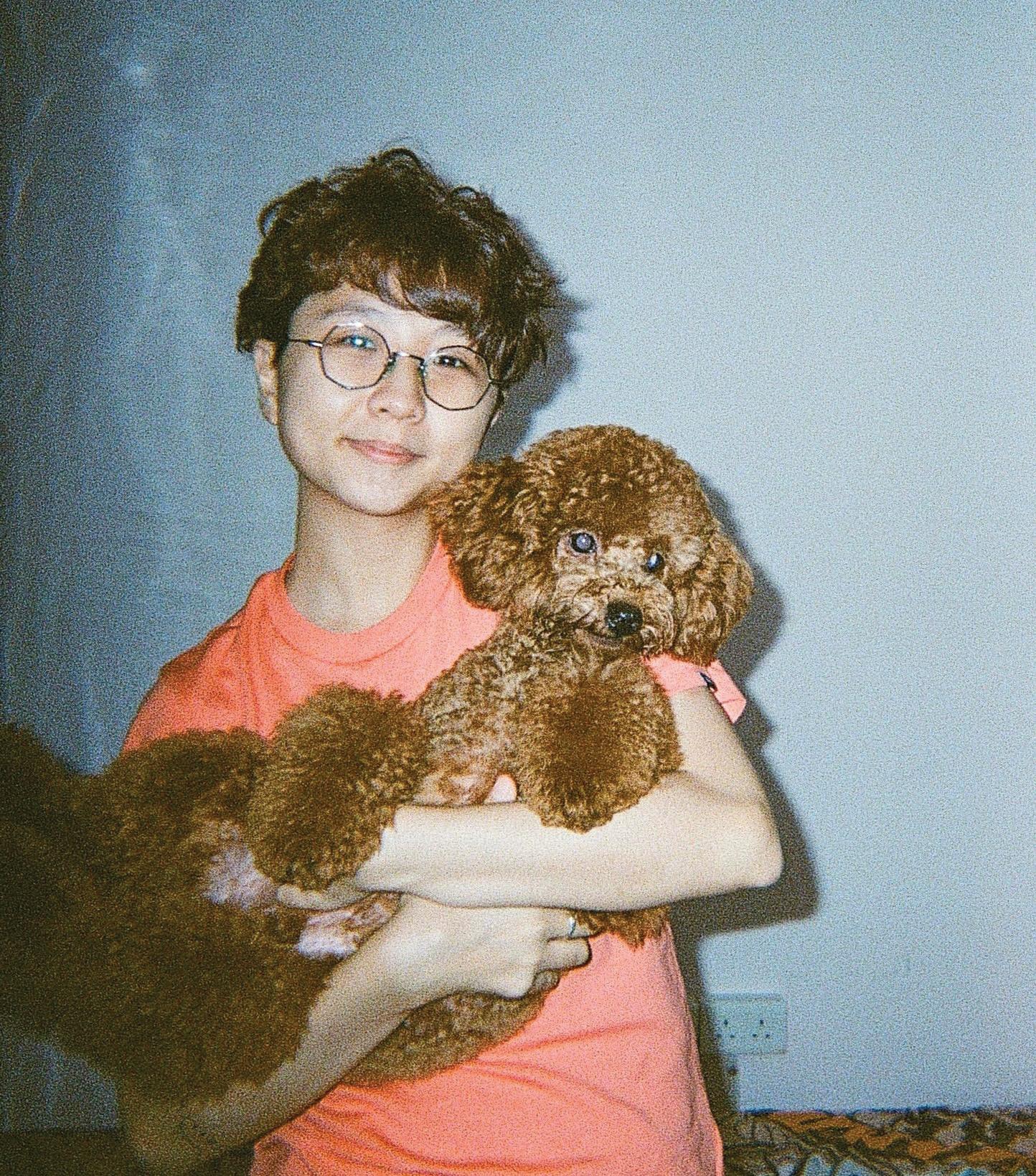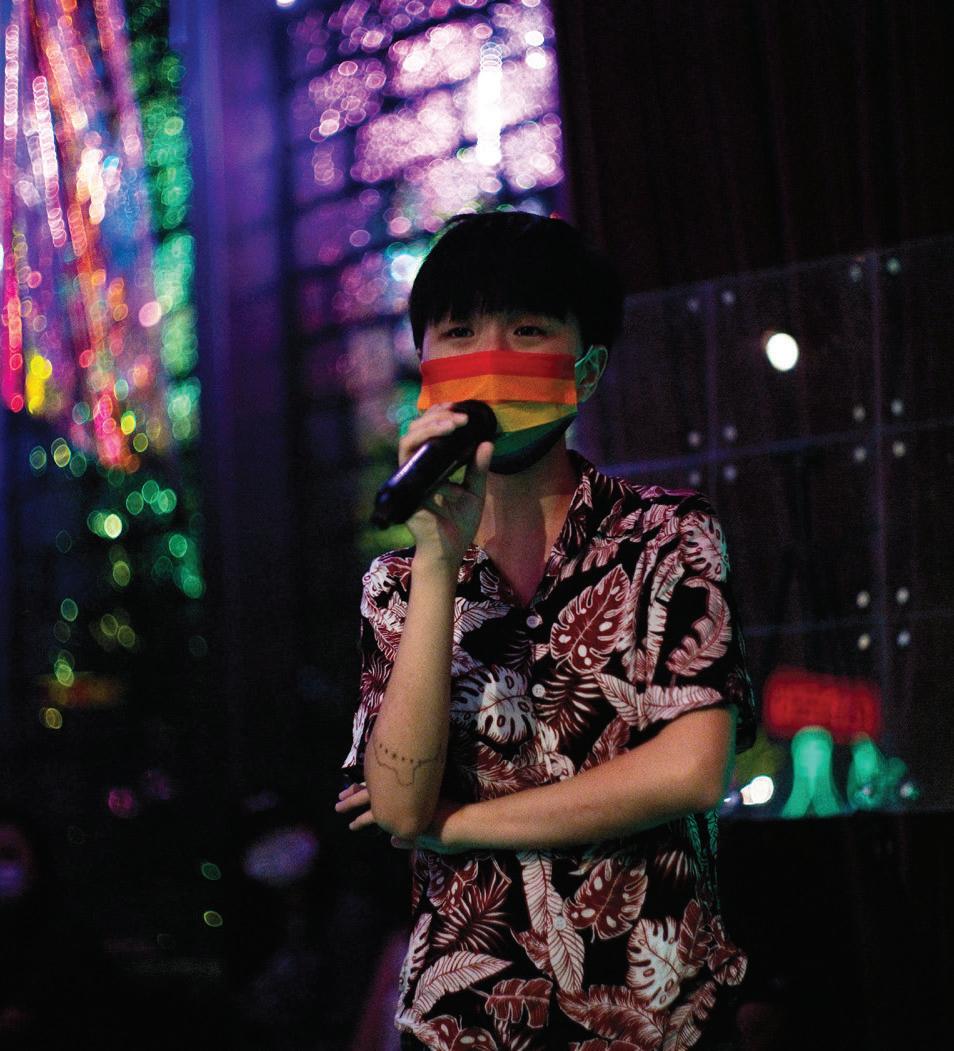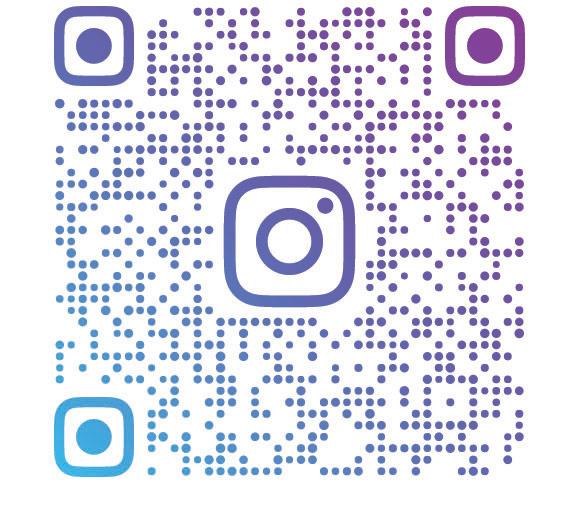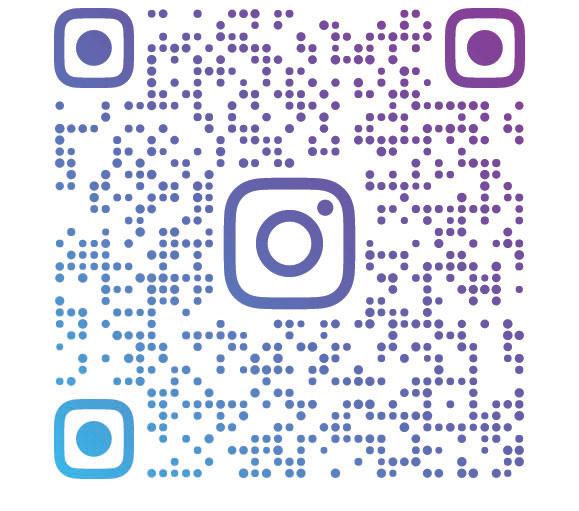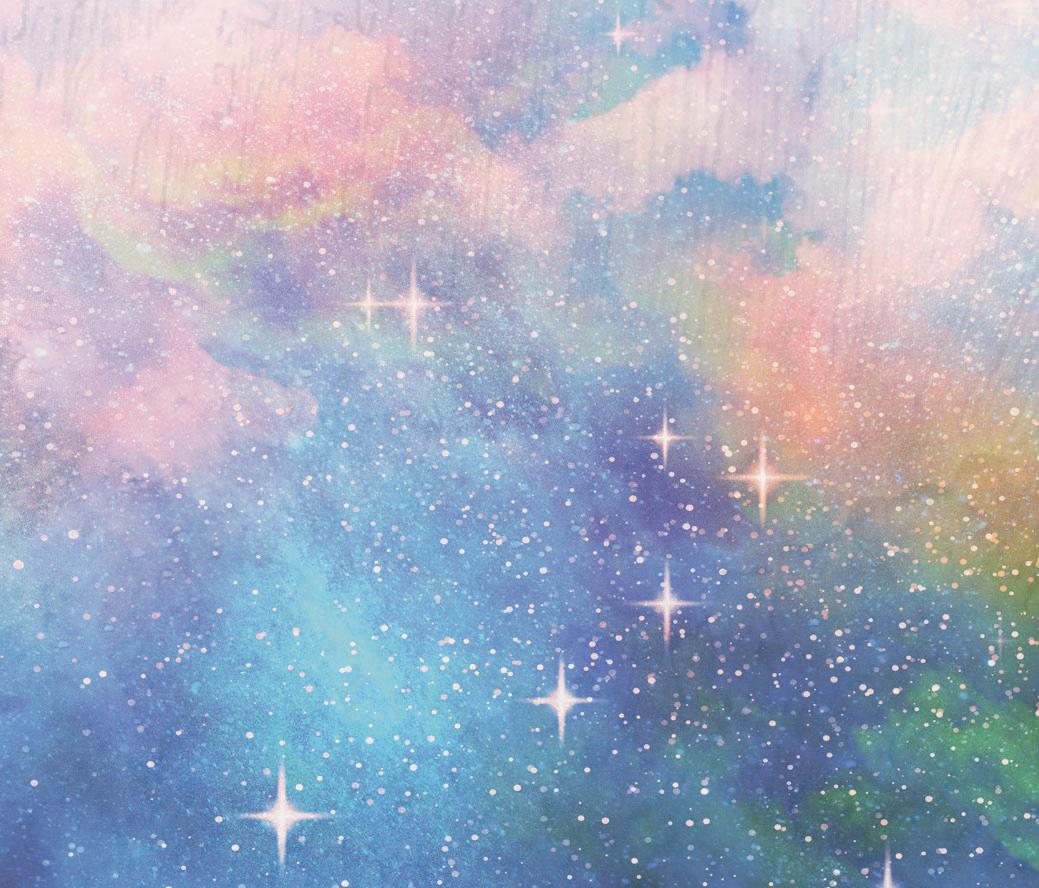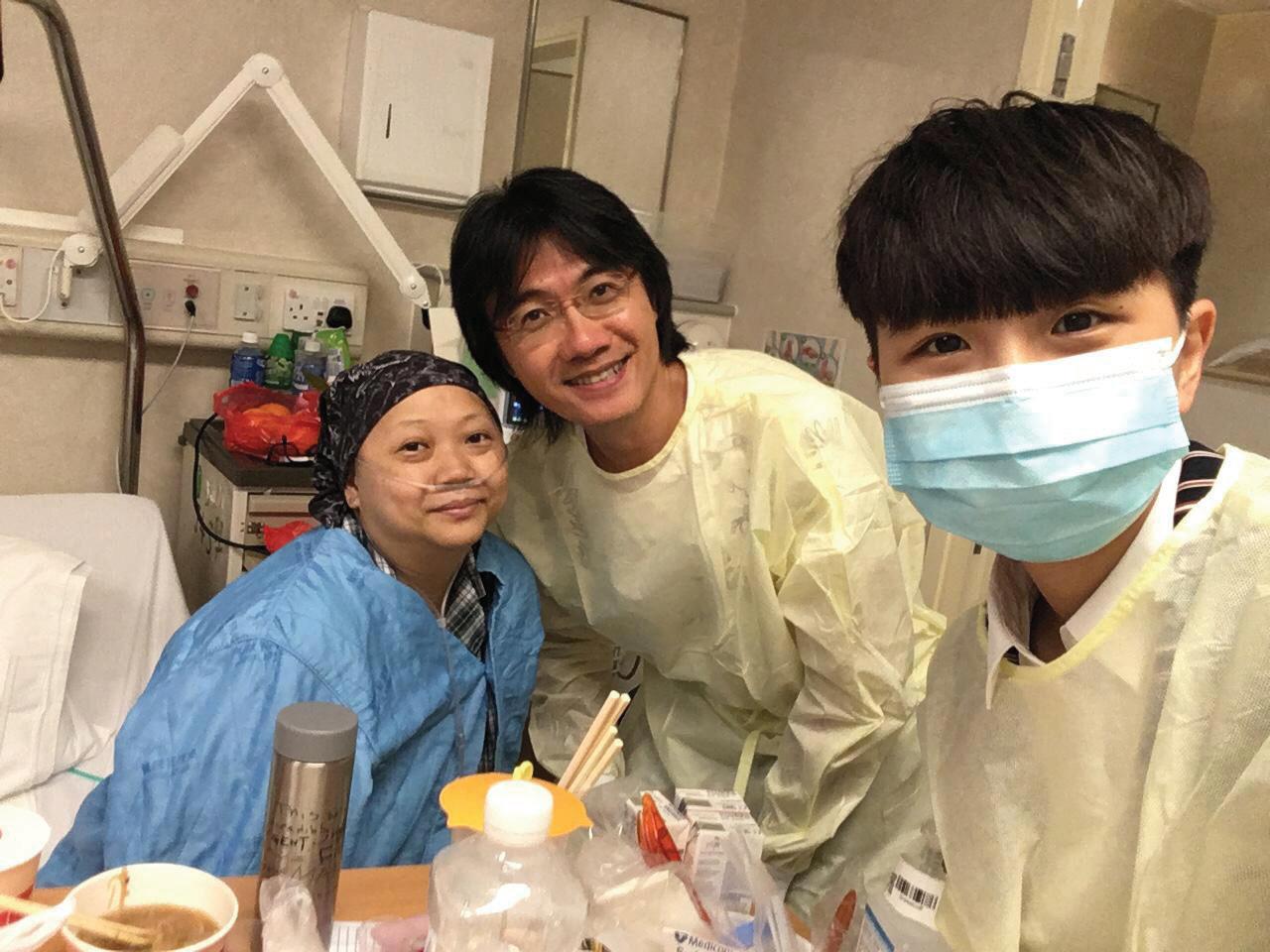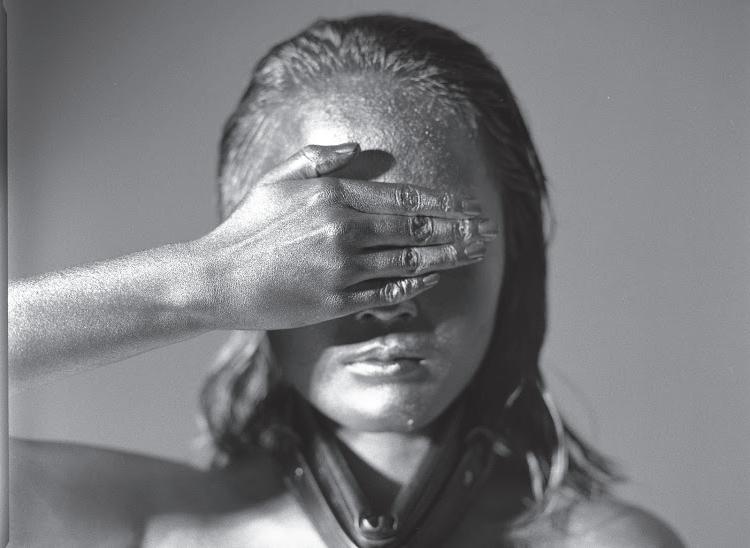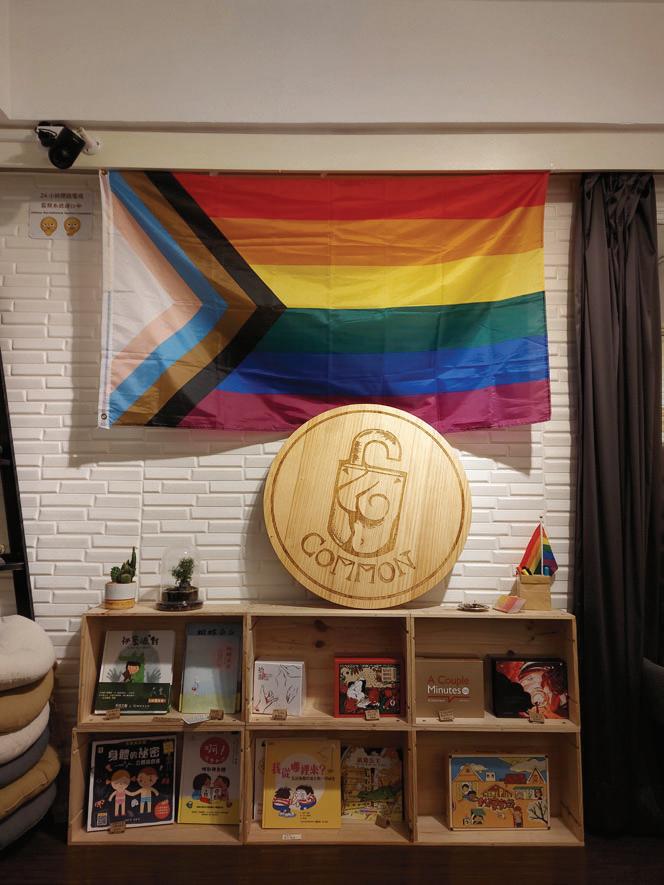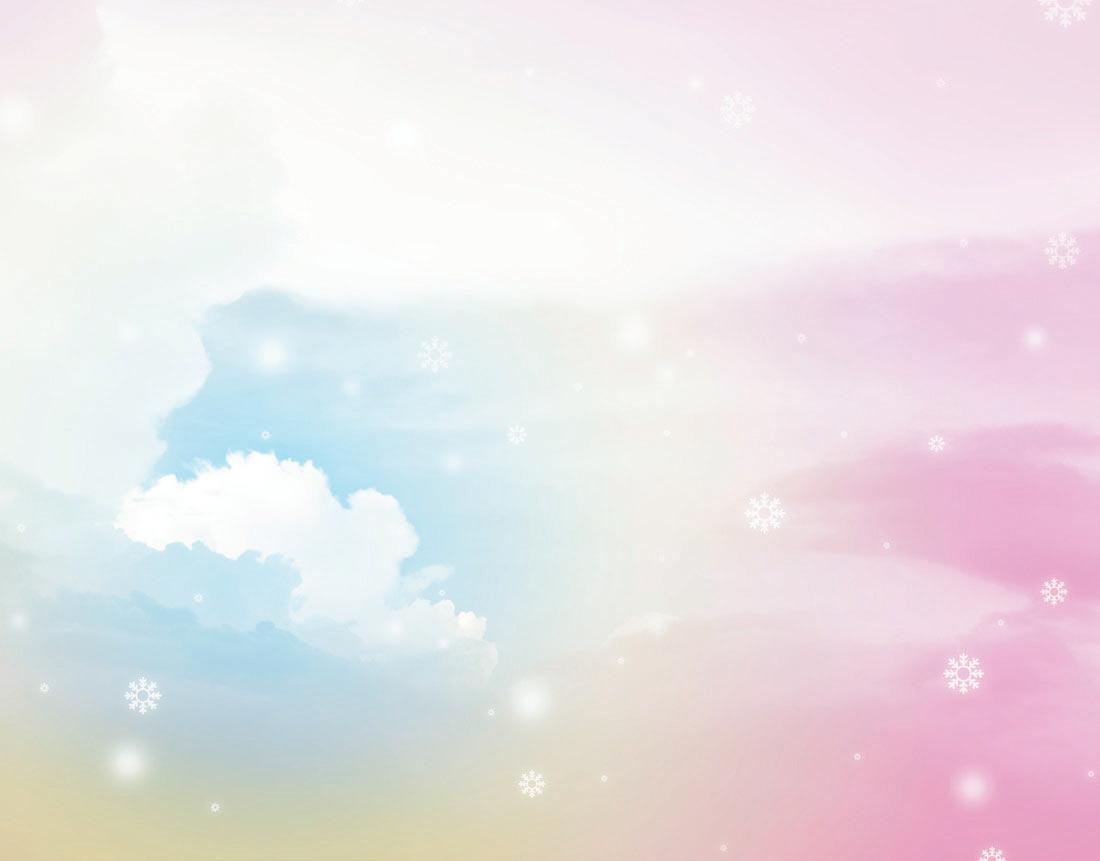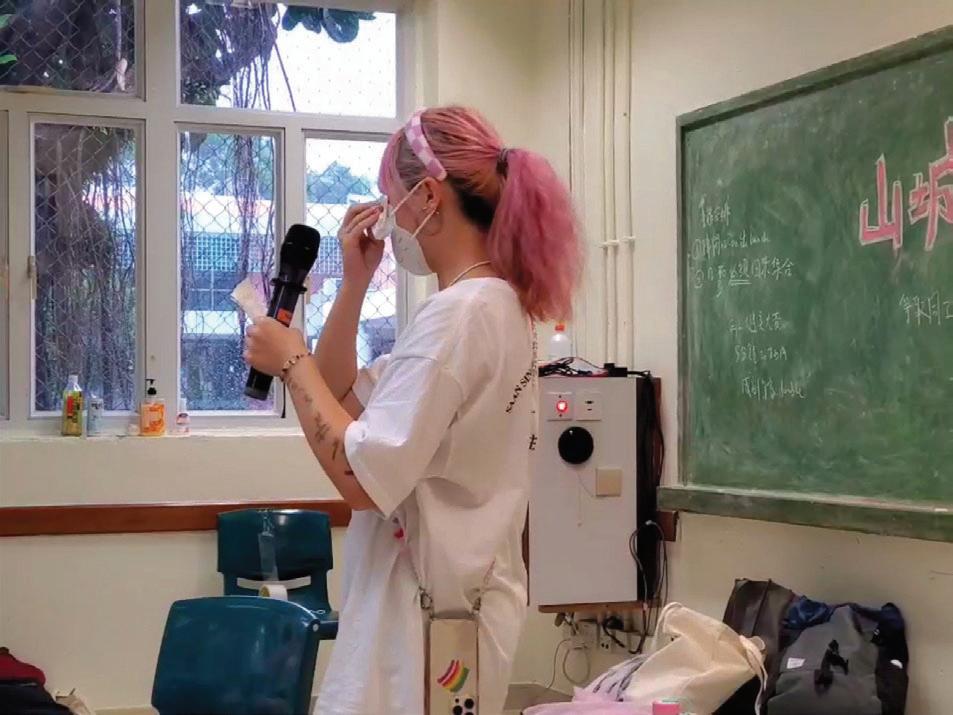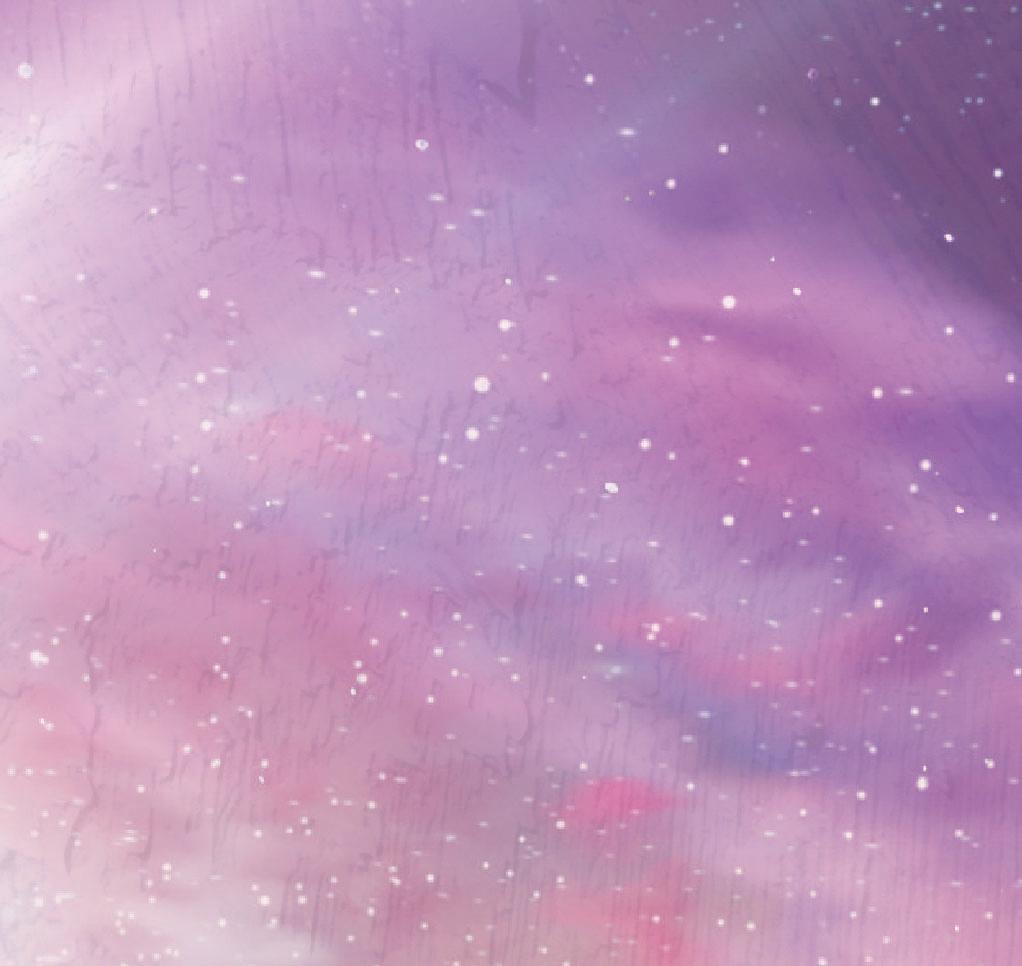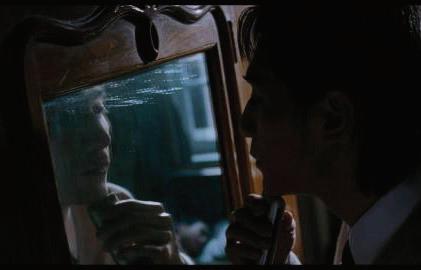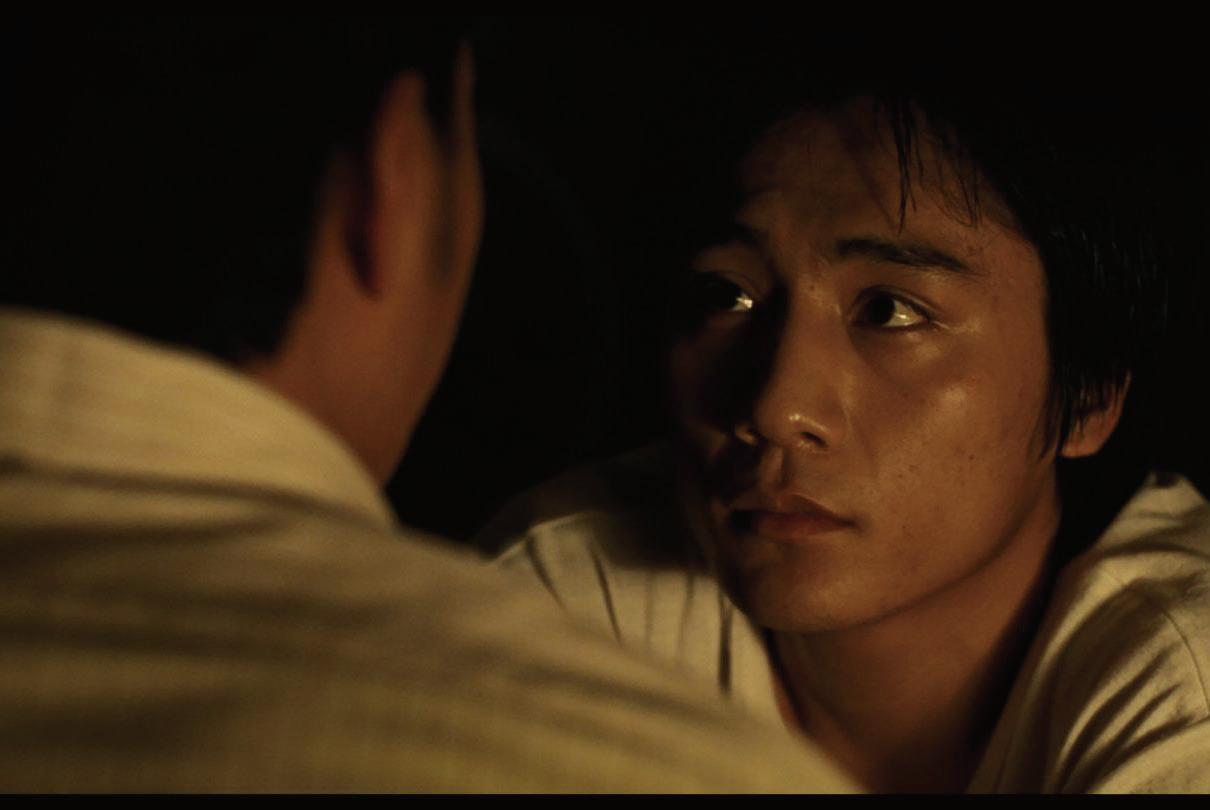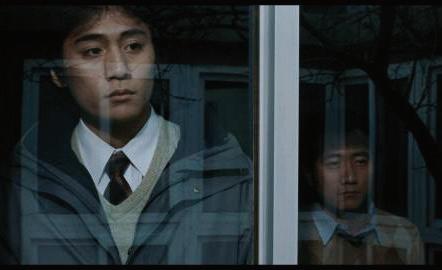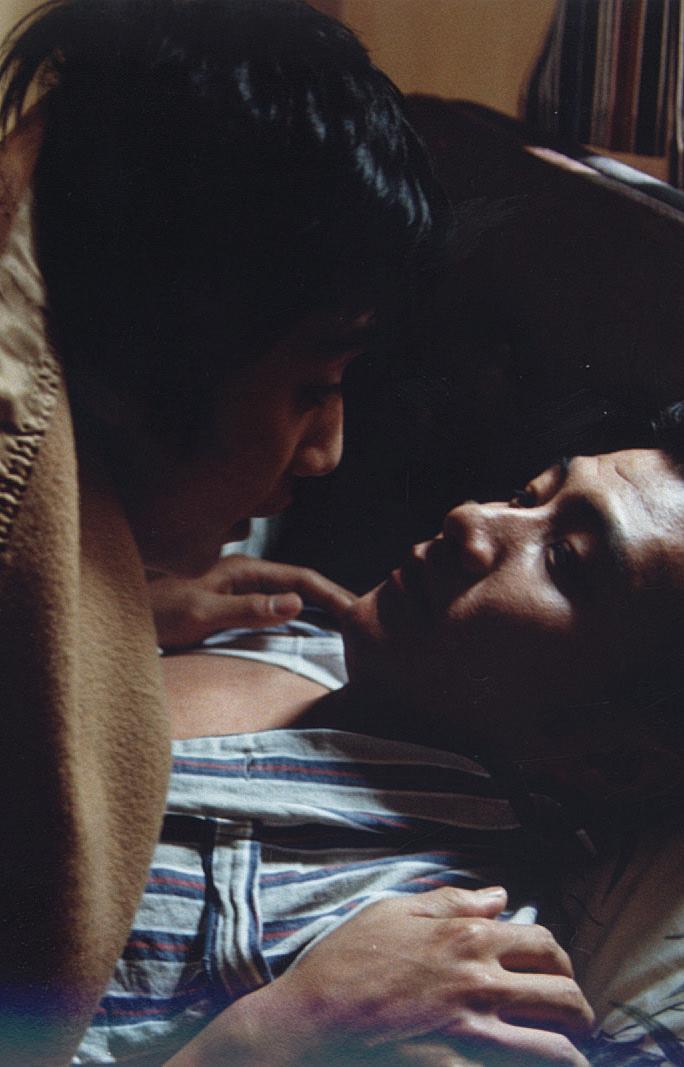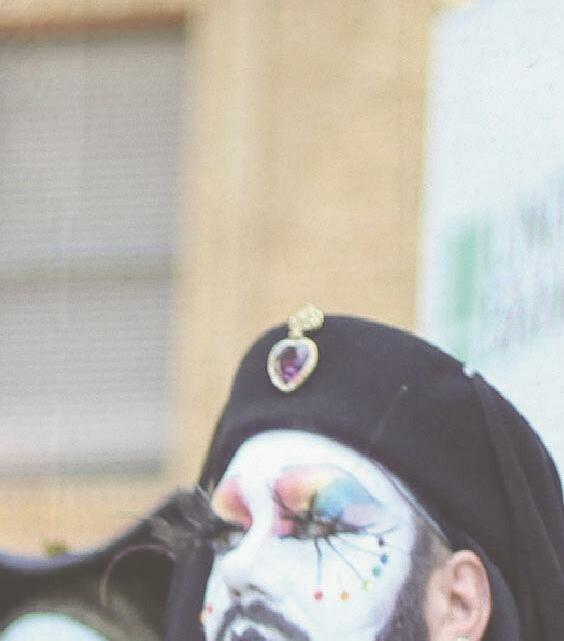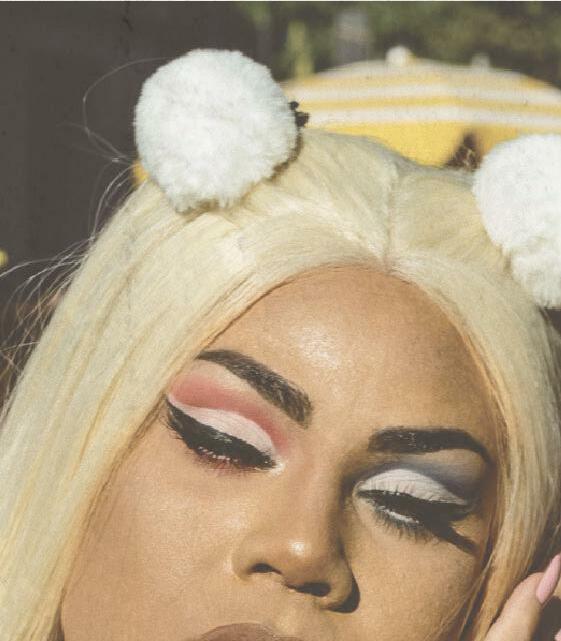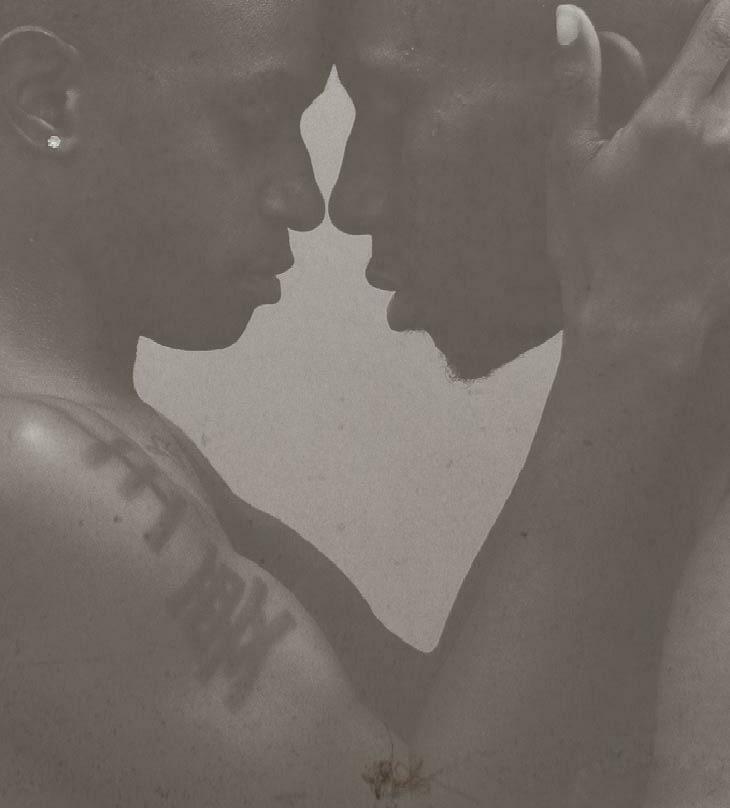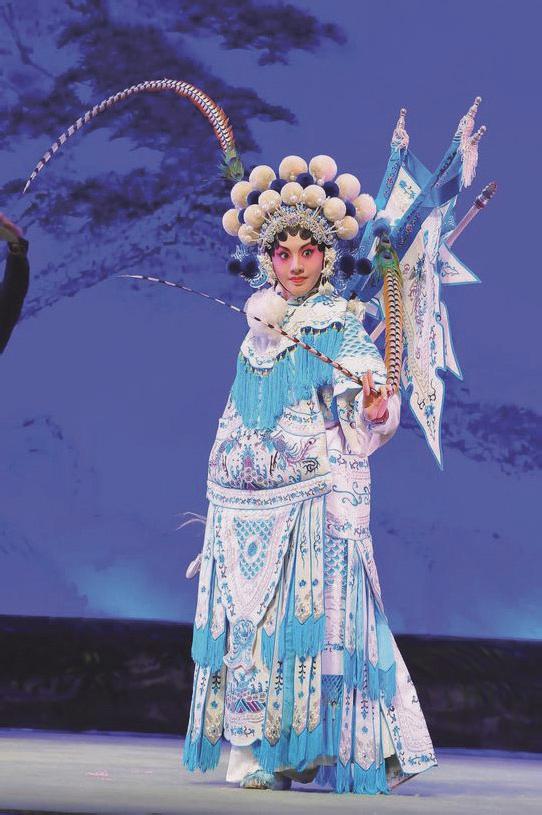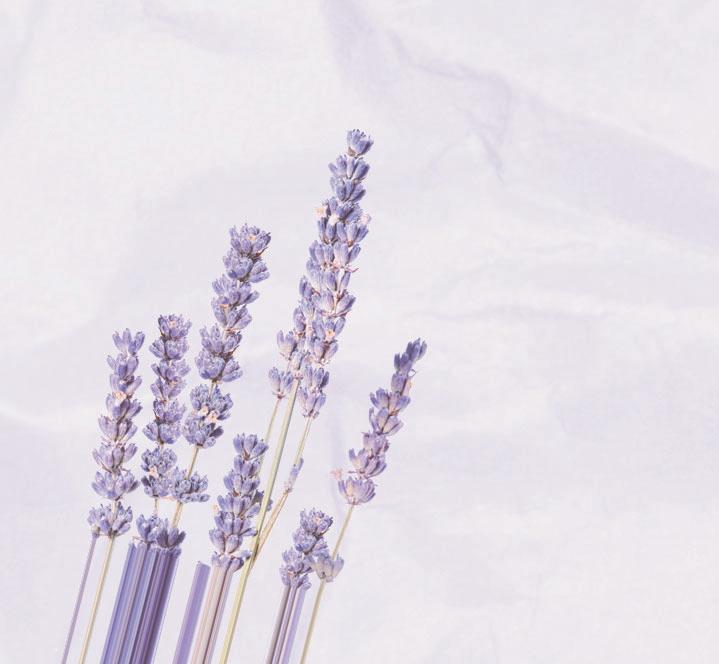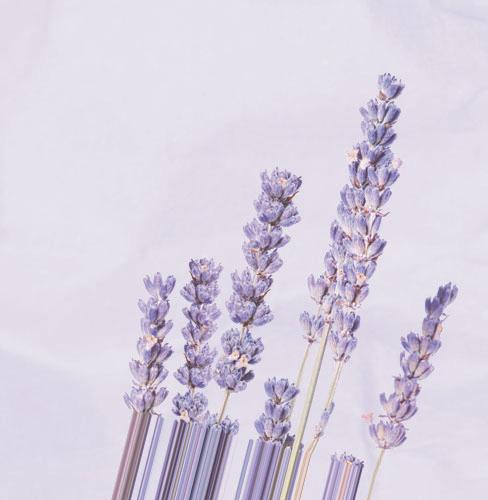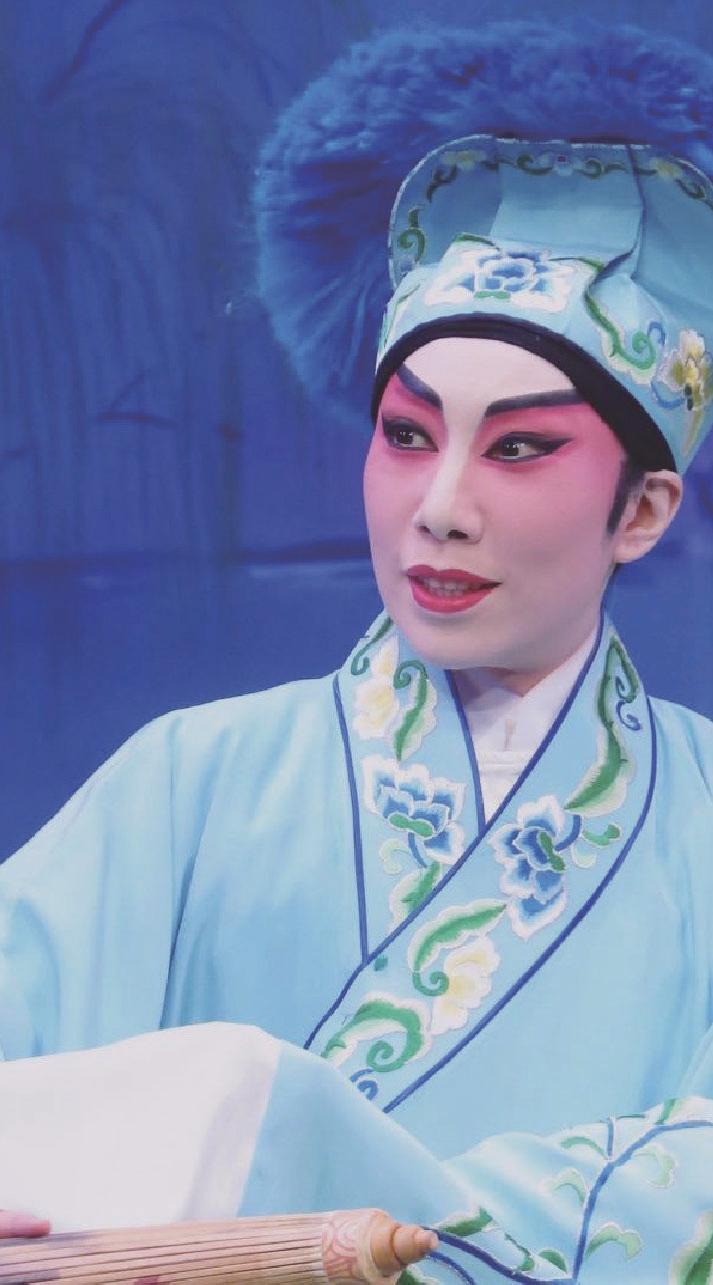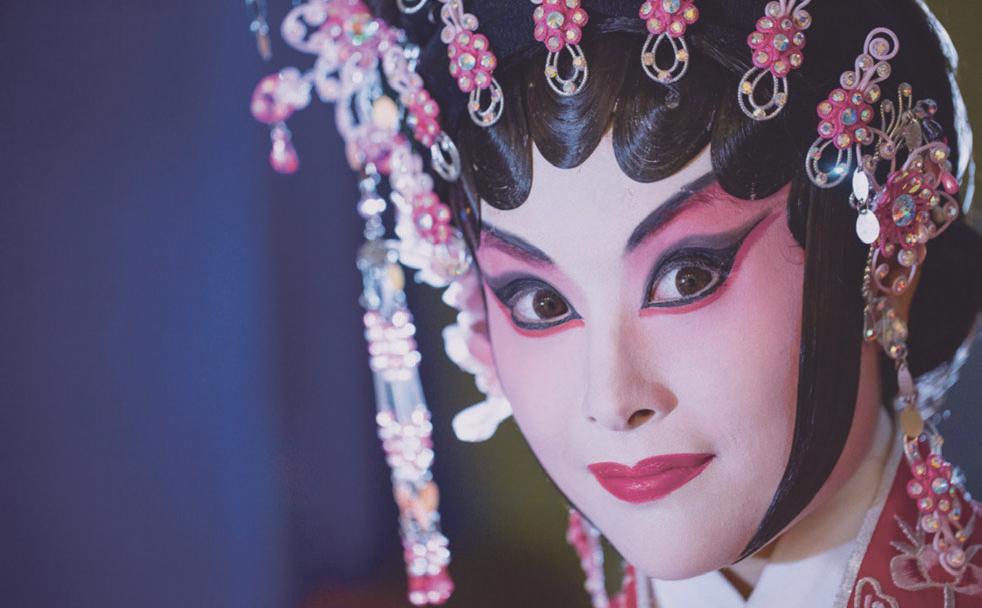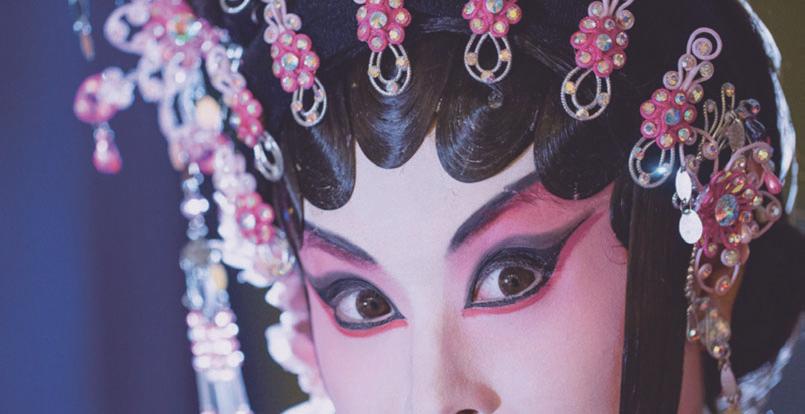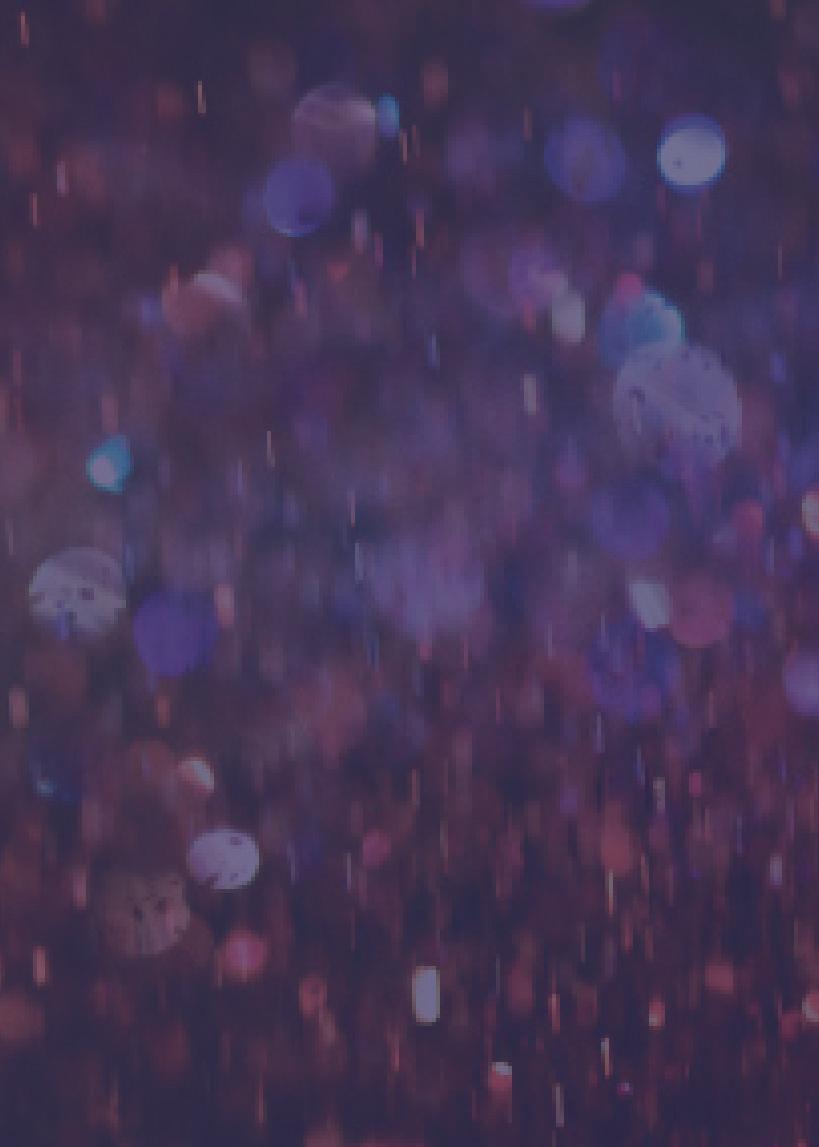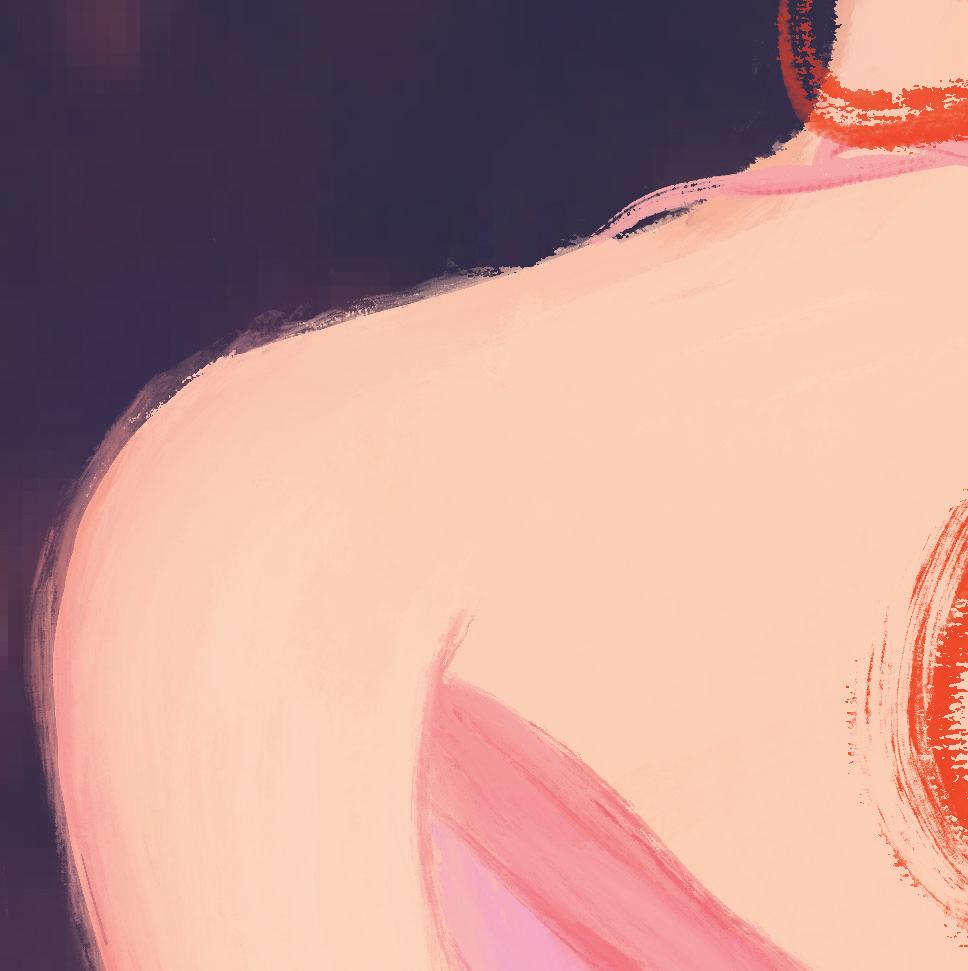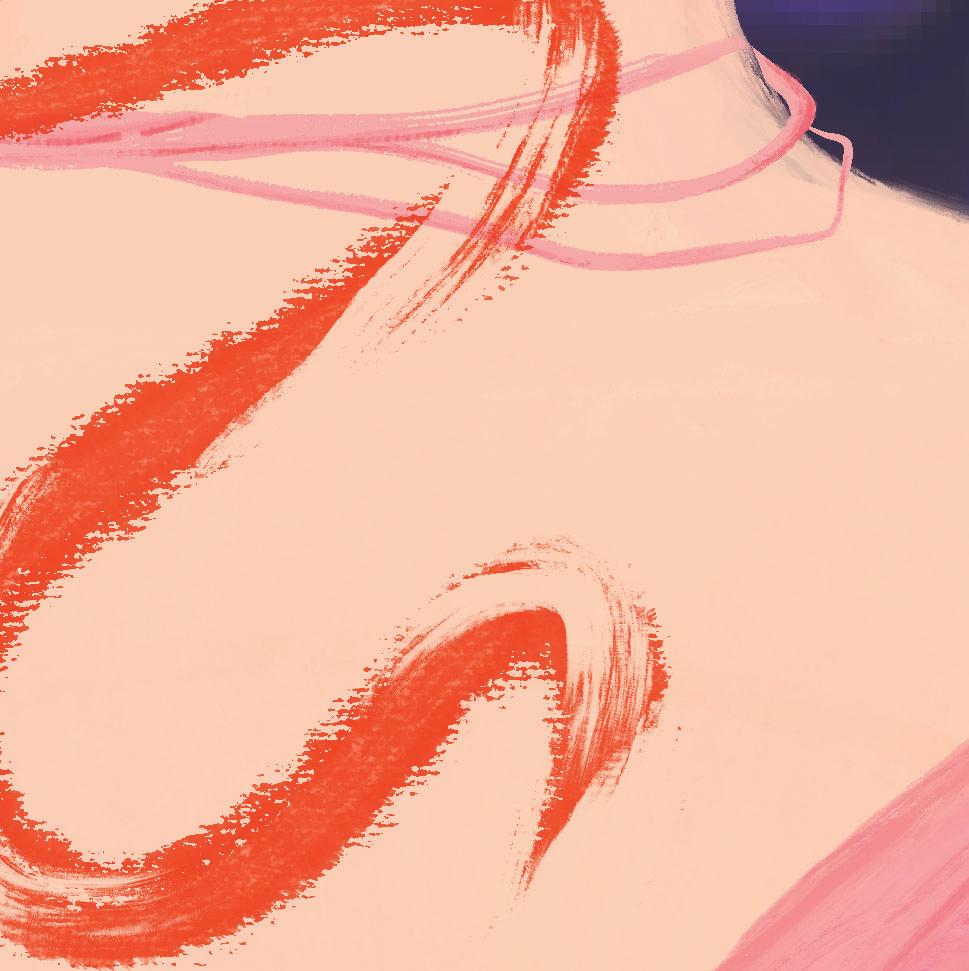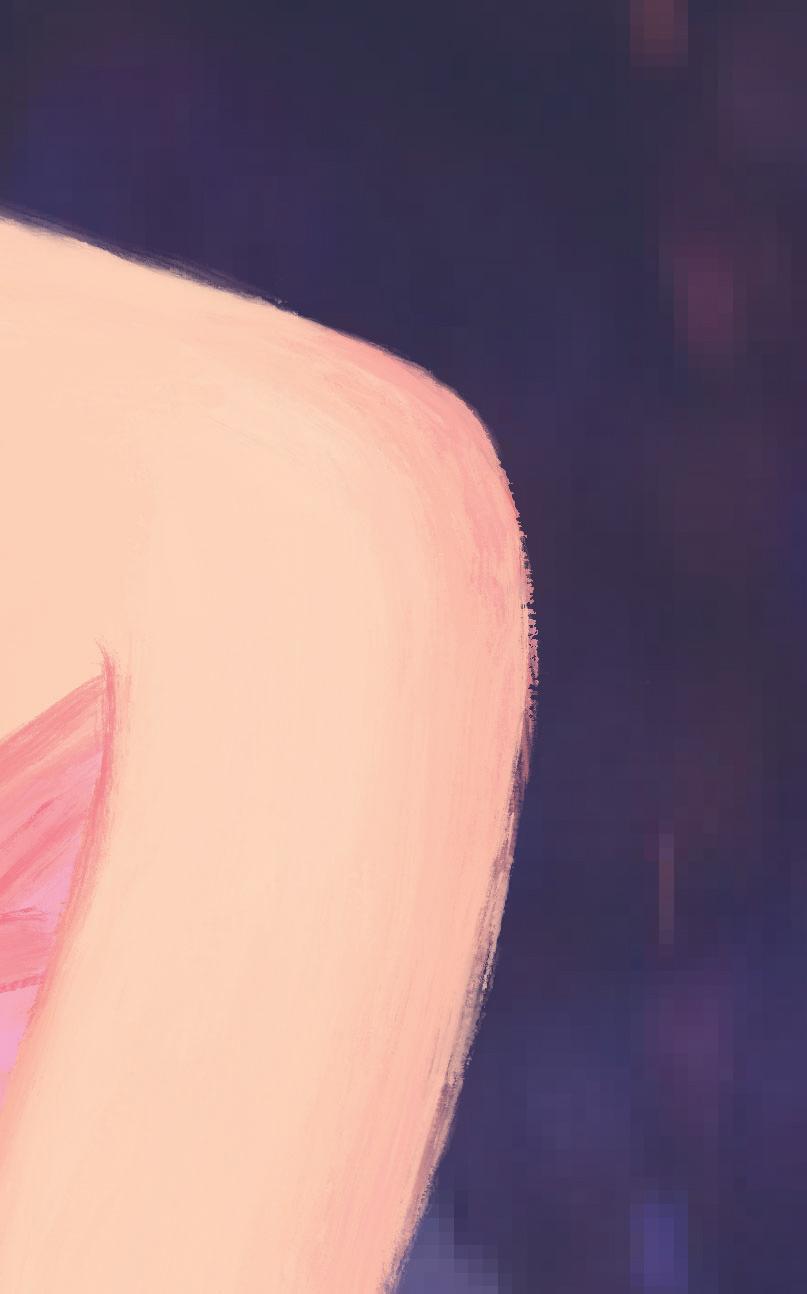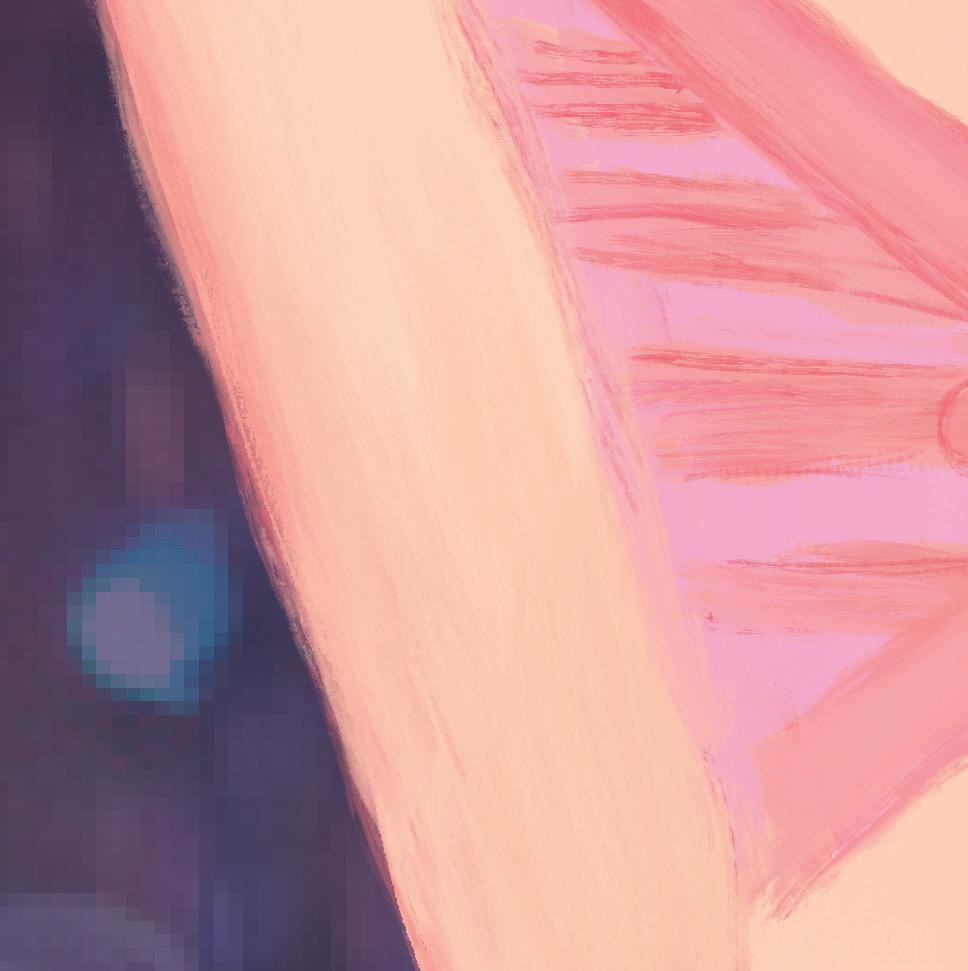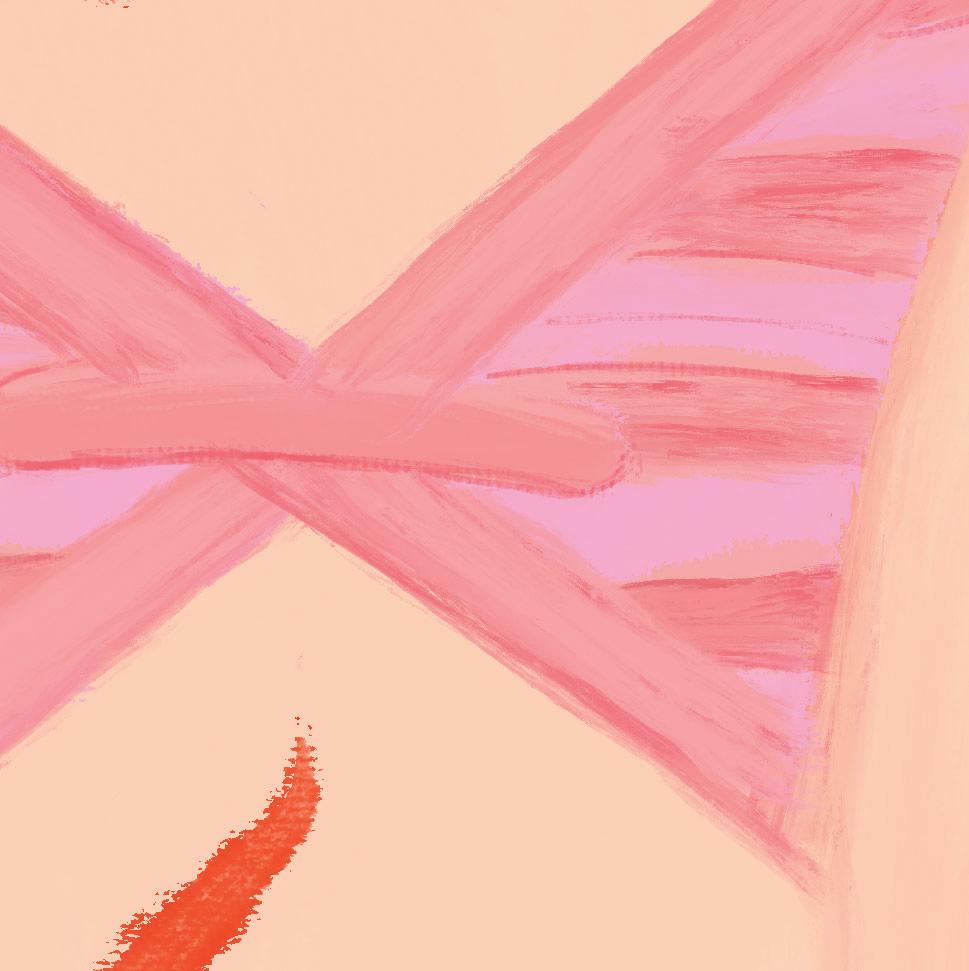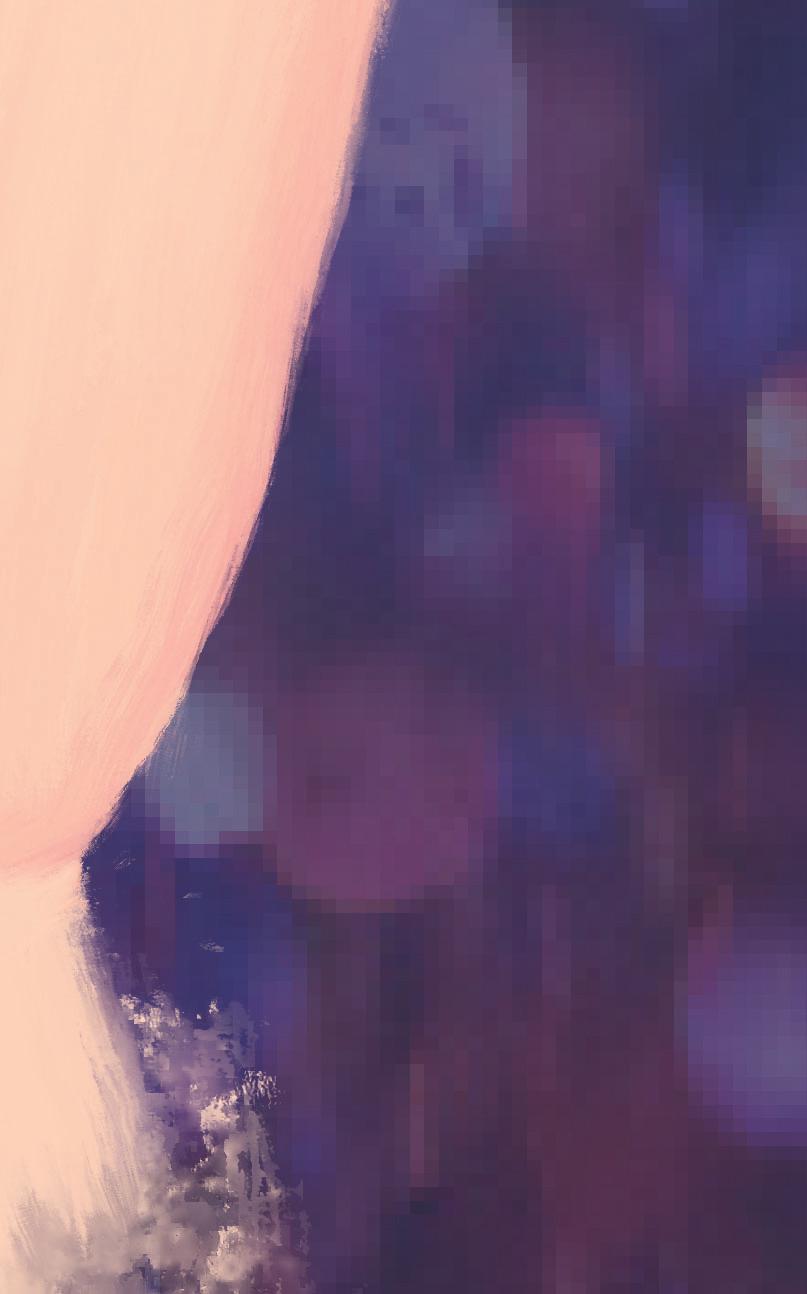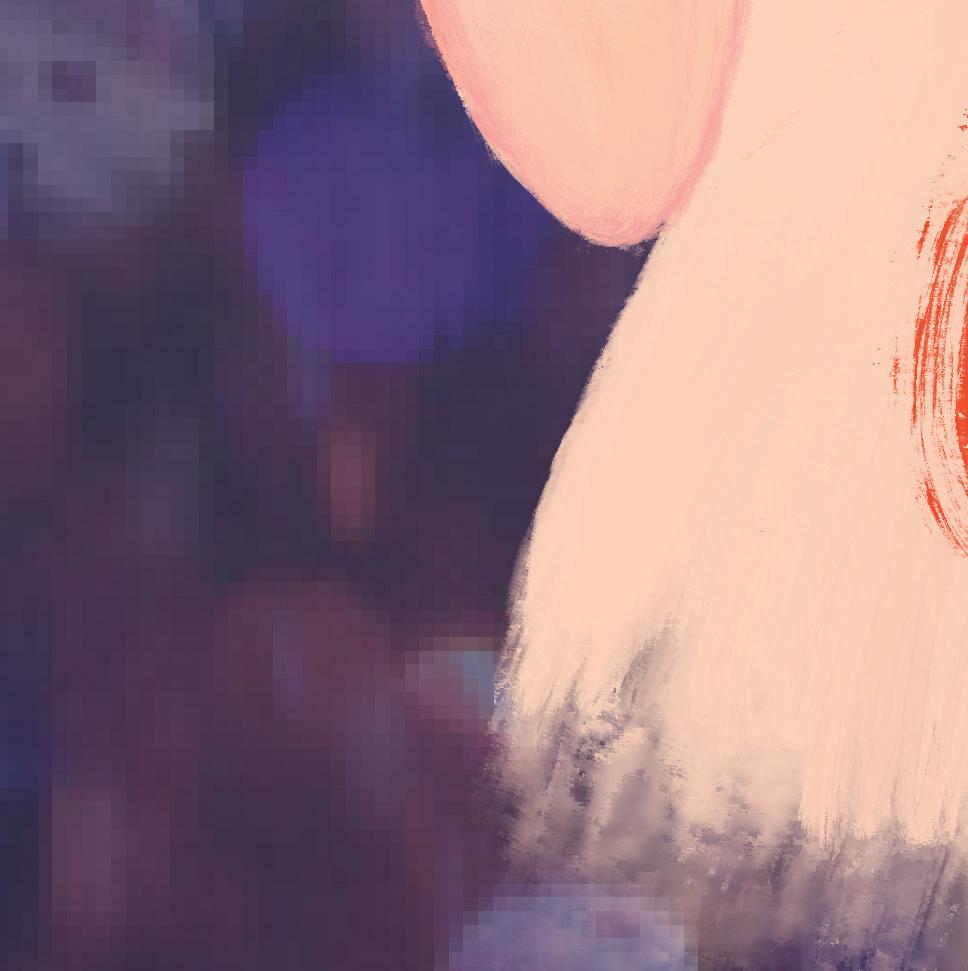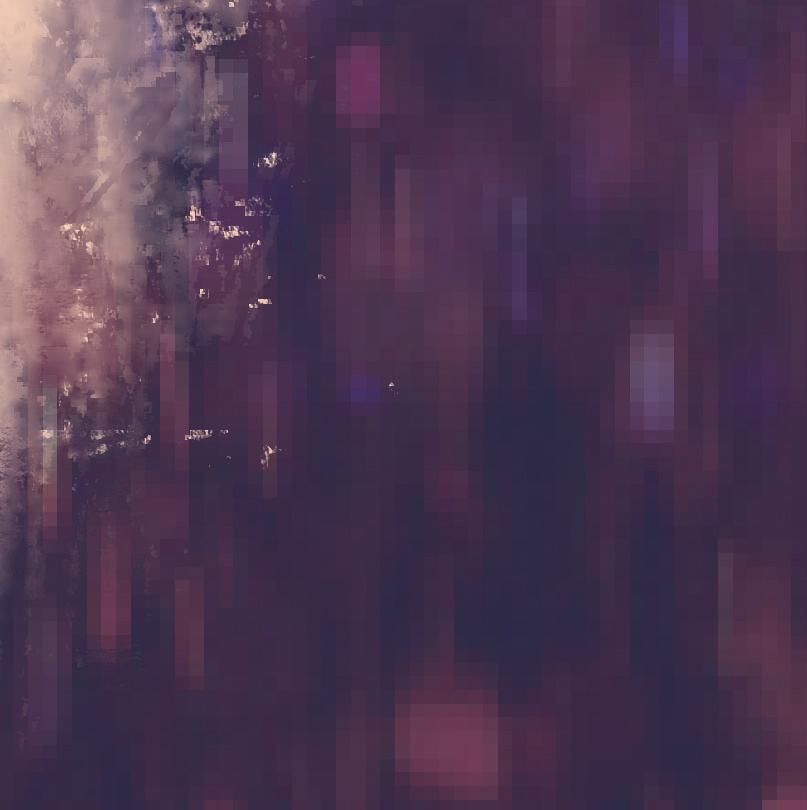Sunzine














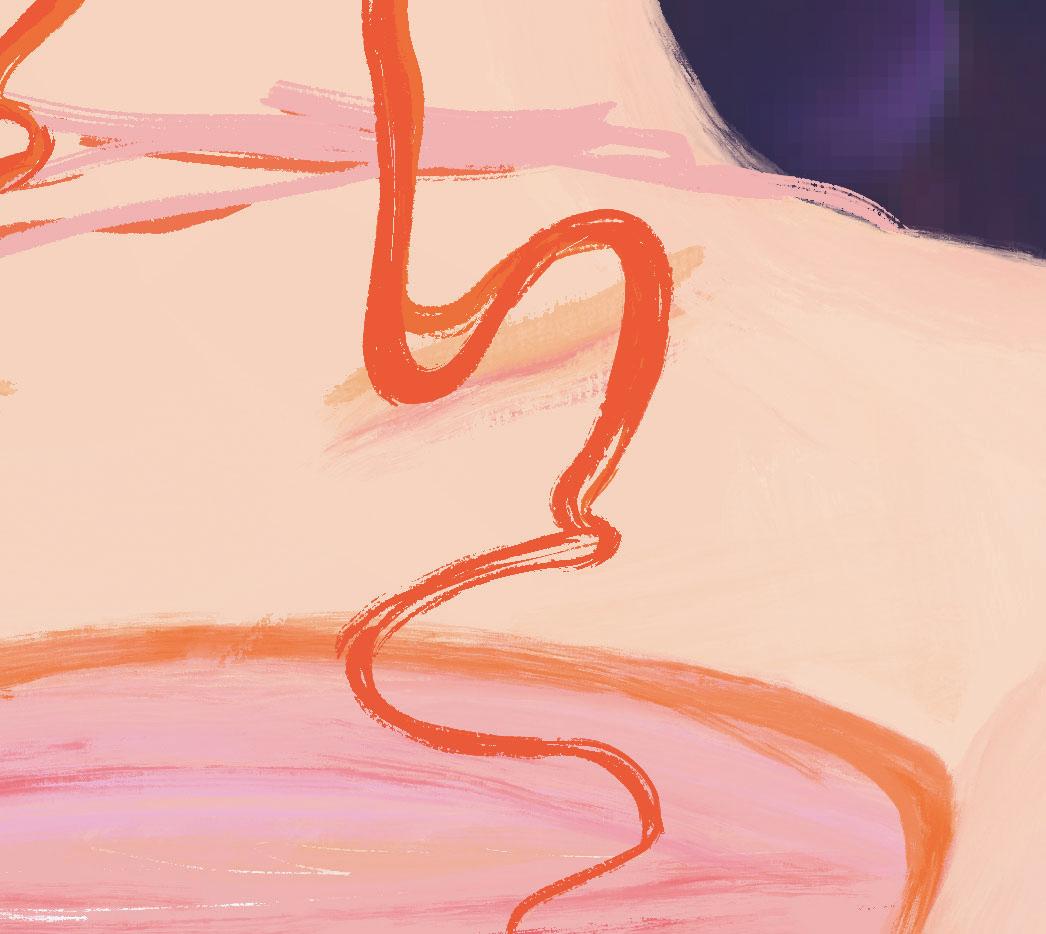
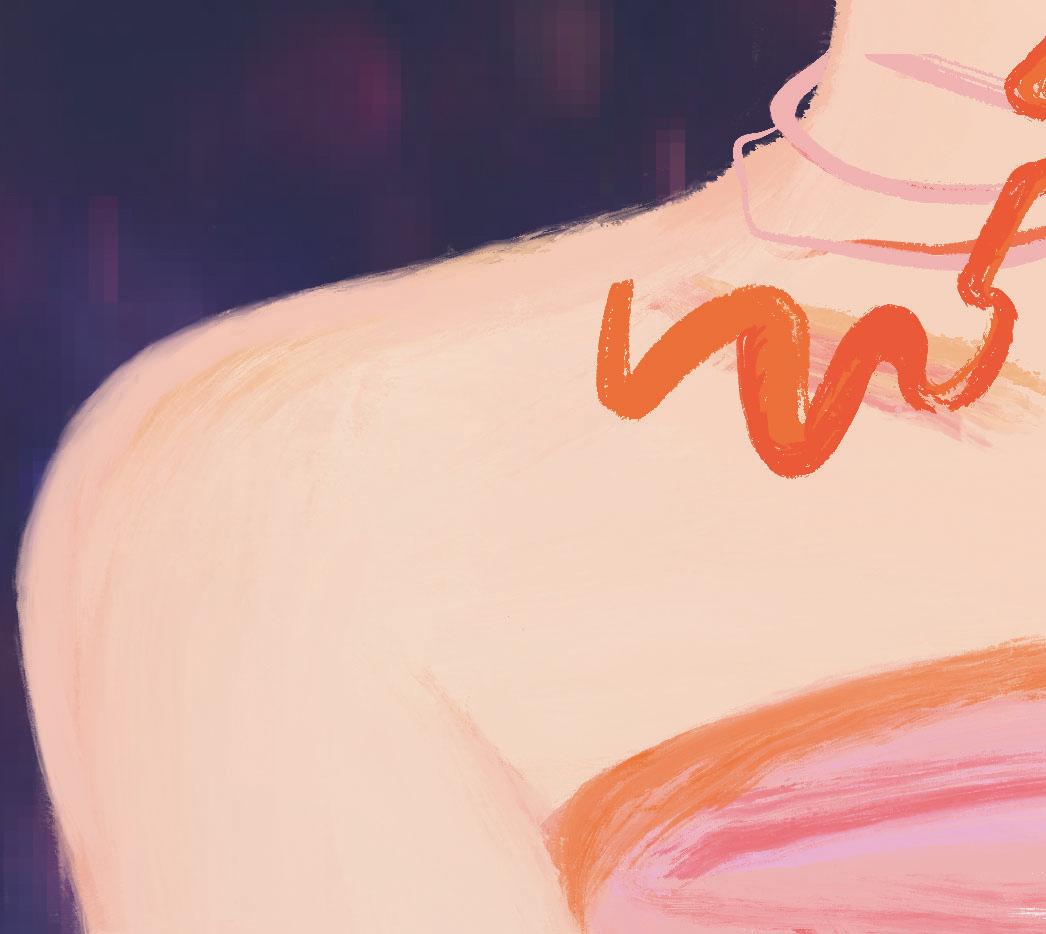










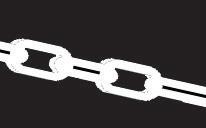






















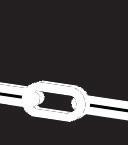





































































































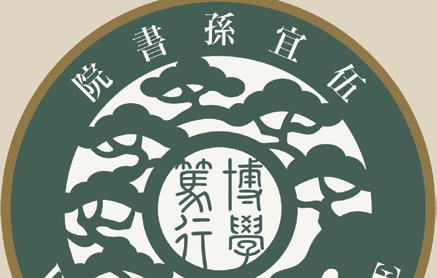

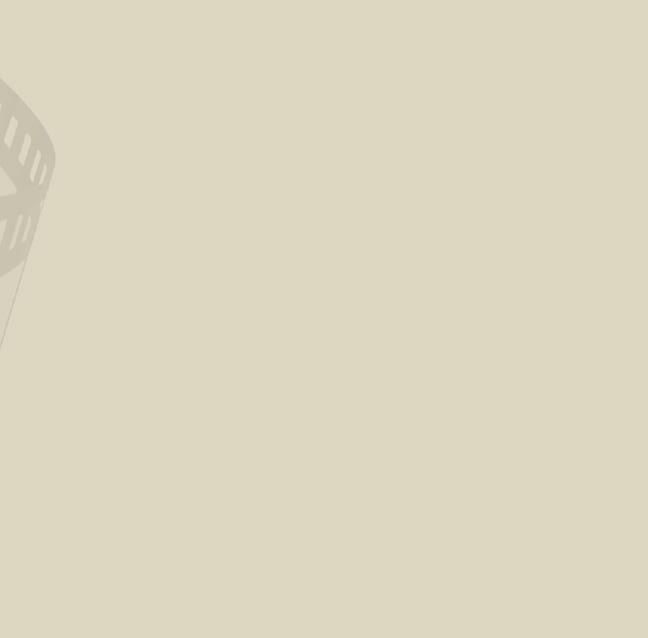

























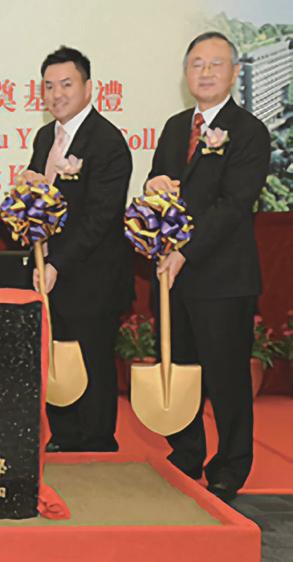







































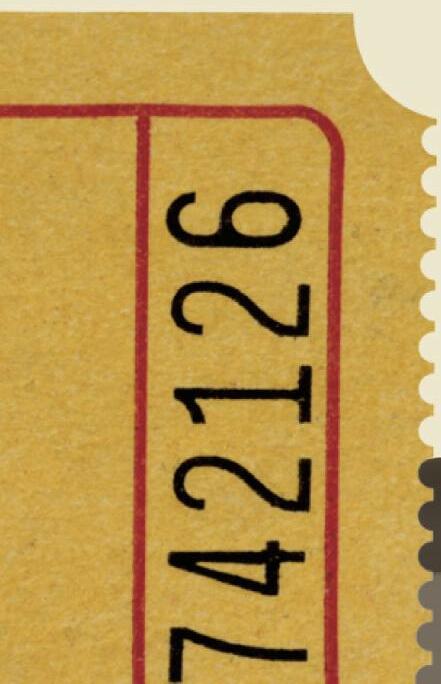








































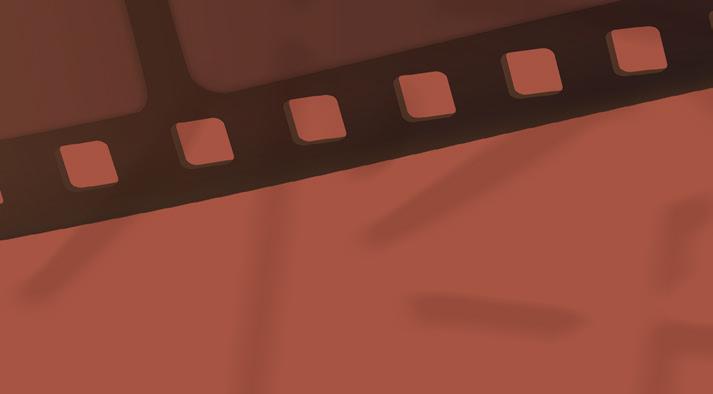
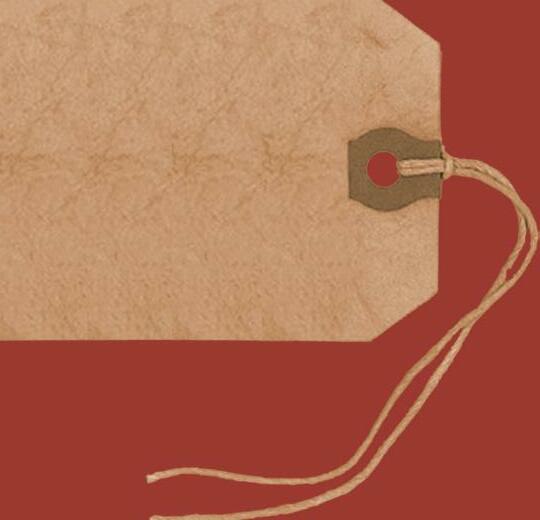












































































































































































































































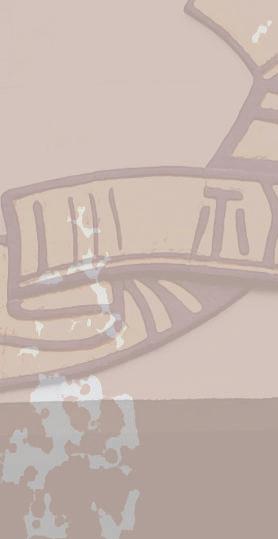
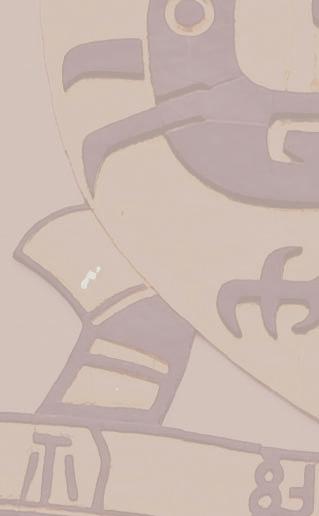


































































































































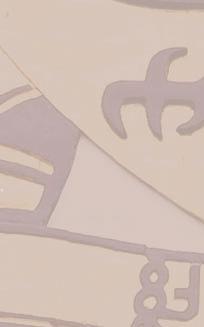



































































































































































































































































































































































































































































































































































































































































































































































































































































































































































































































































































































































































































































































































































































































































































































































































































































































































































































































































































































































































































































































































































































































































































































































































































































































































































































































































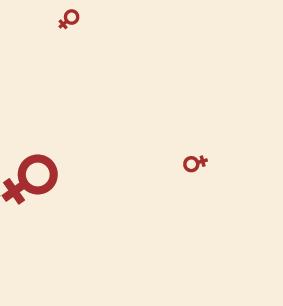






















































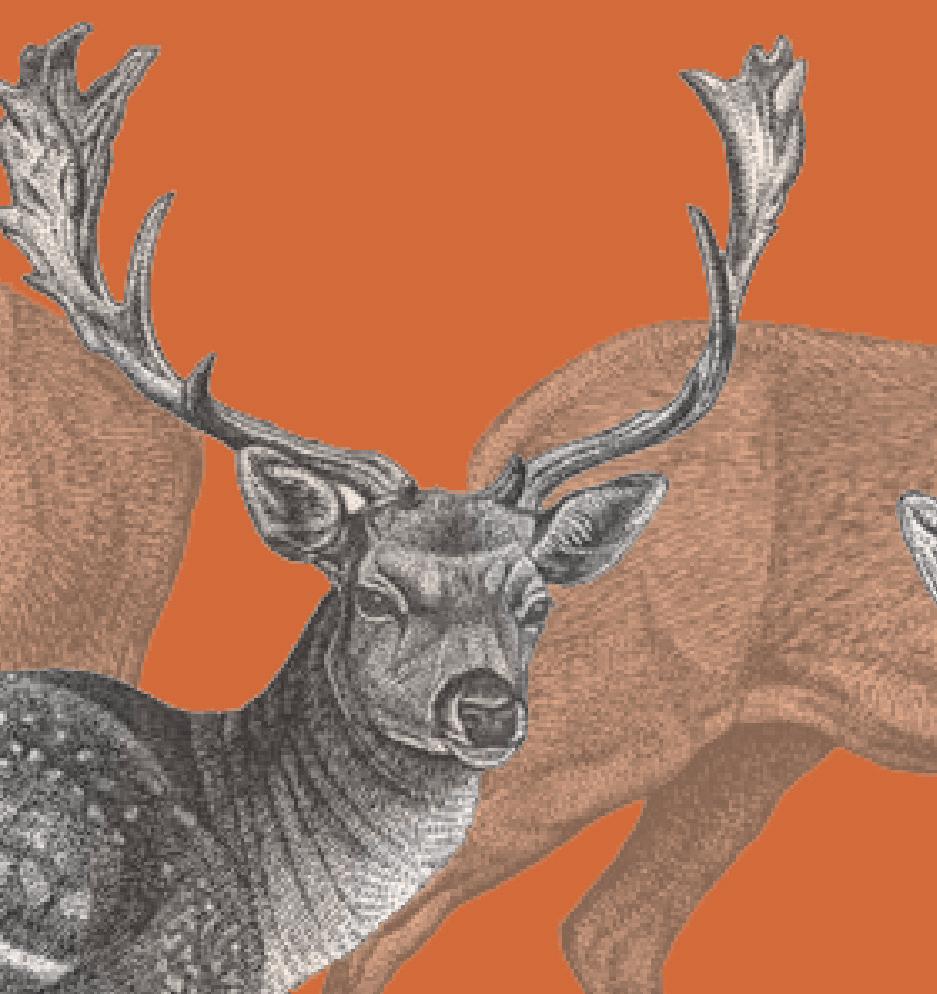
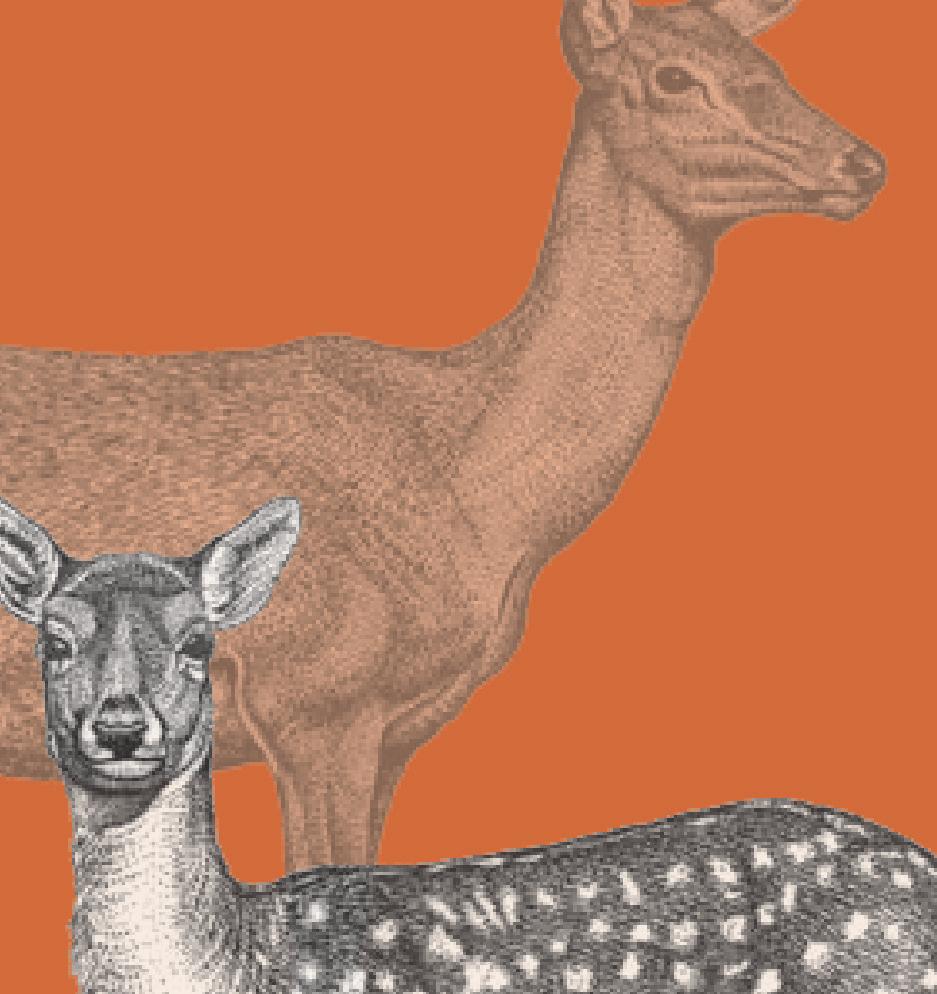






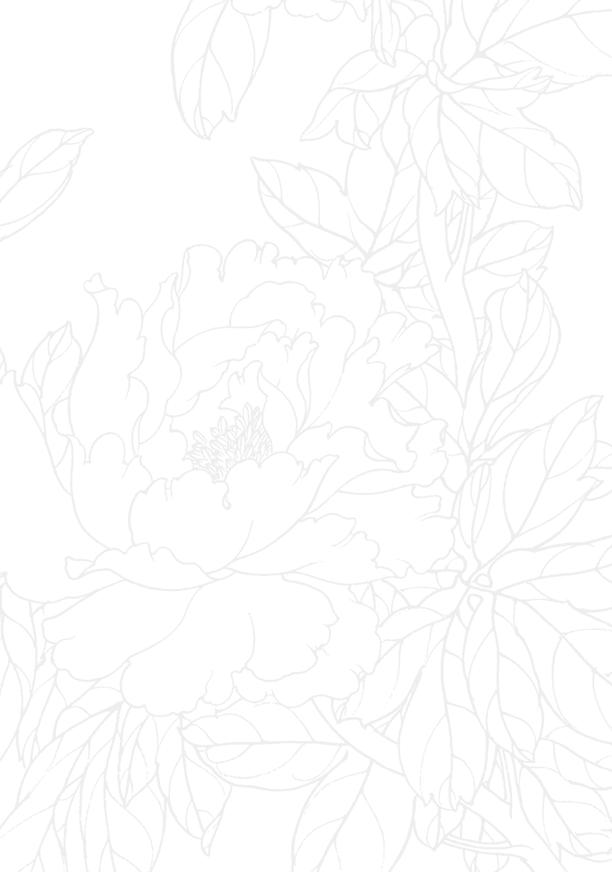
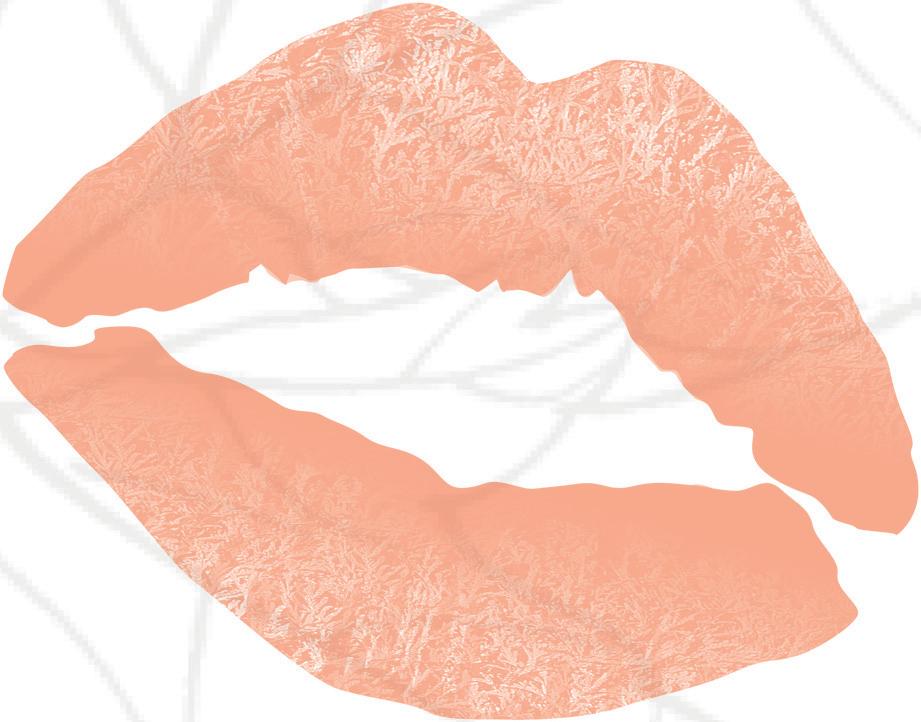
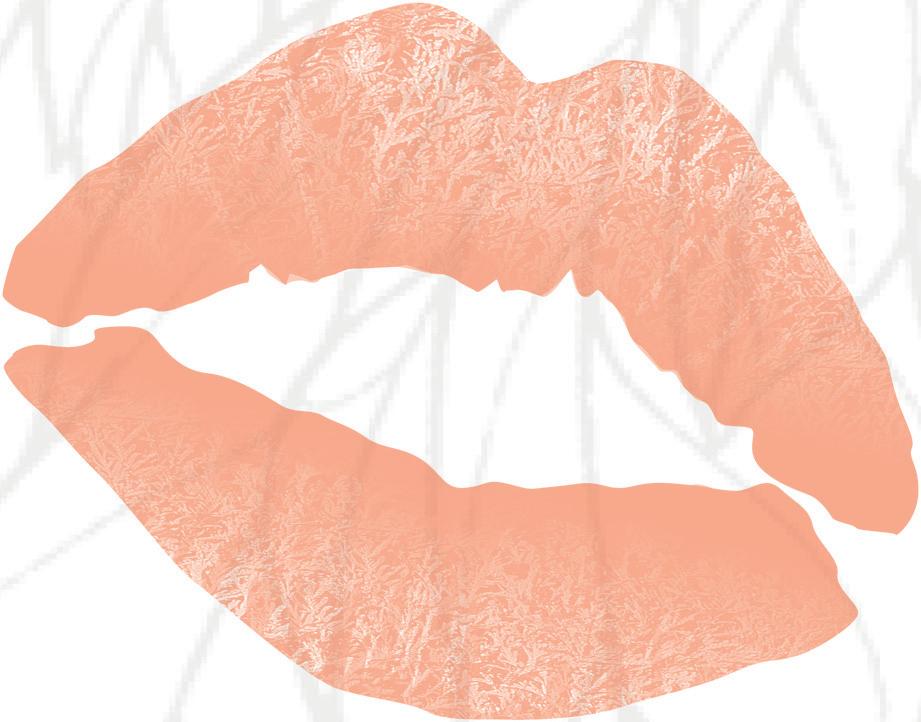





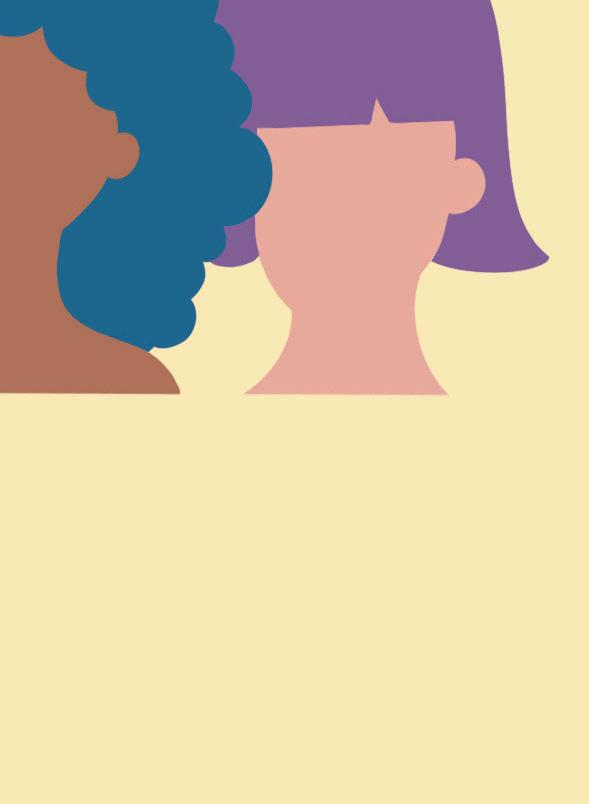
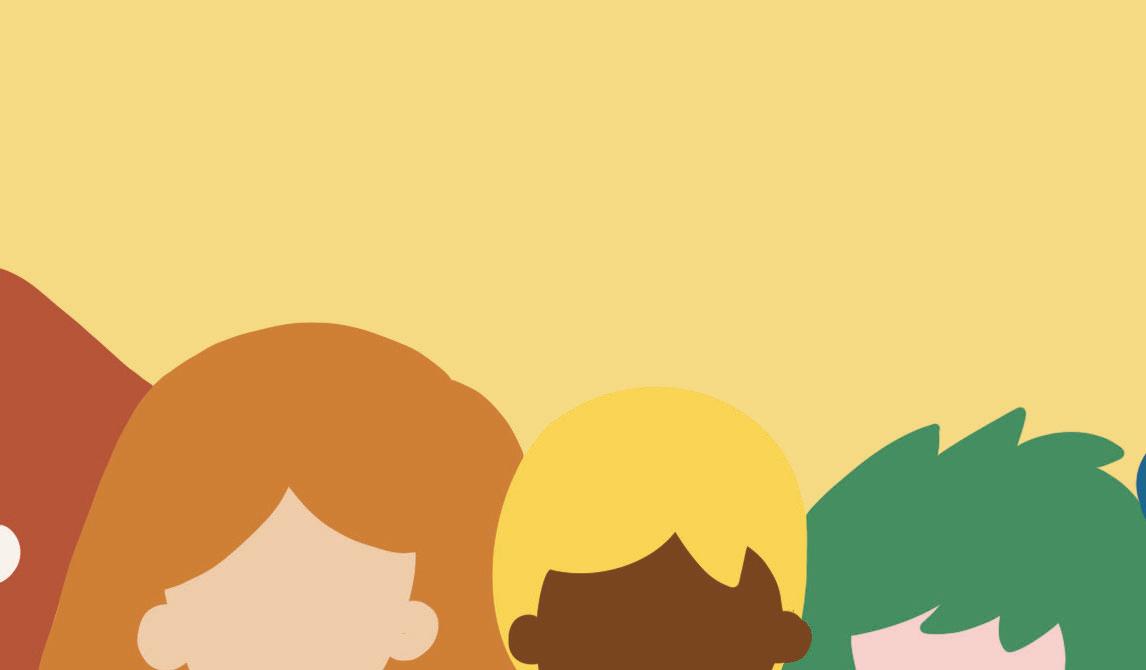



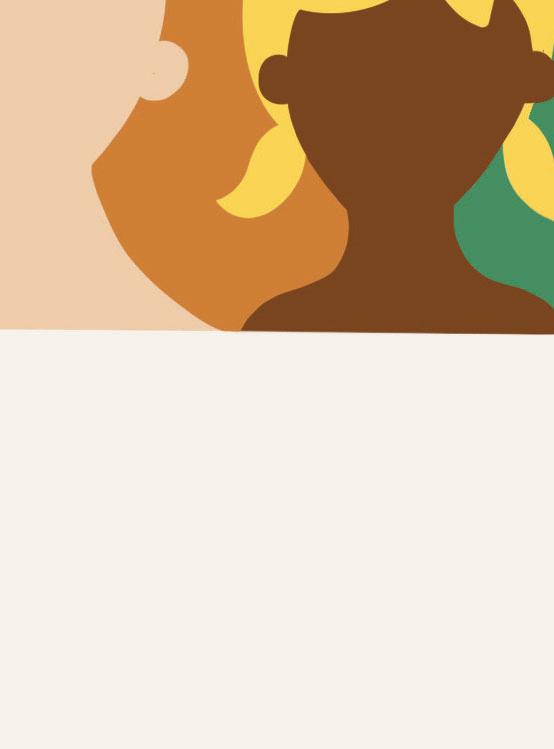

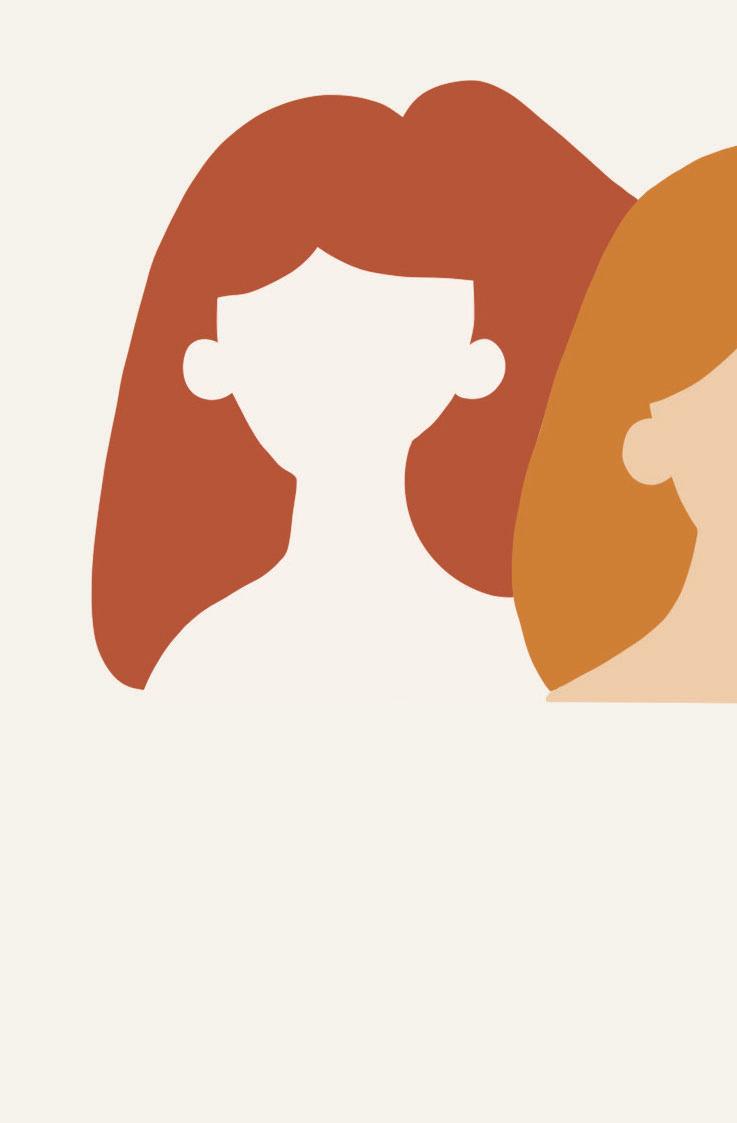

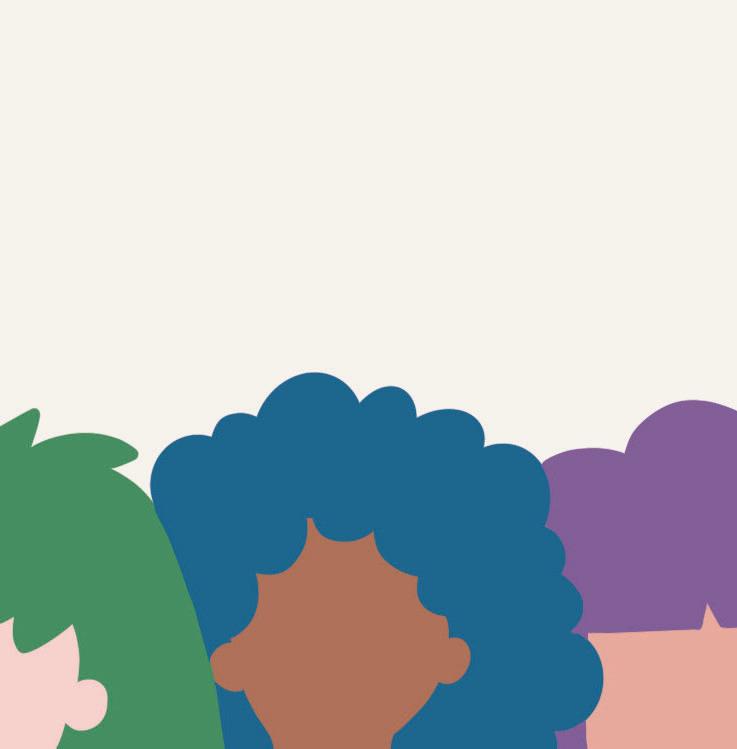 Written and Designed by: Chan Yan Tung Viola Written and Desi gn ed Chan Yan Tun g Vi
Written and Designed by: Chan Yan Tung Viola Written and Desi gn ed Chan Yan Tun g Vi


How much do you know about the LGBTQ+ community? How many of the terms that the western media uses these days do you know about? Living in Hong Kong, a city so traditional and conservative, it is possible that there are little opportunities for you to be educated about the diverse spectrum that are sex, gender, and sexuality. Unless you are exposed to the western media and watch western movies or shows, it is difficult for you to be exposed to these topics and know more about the LGBTQ+ community. Well, worry not! Here are some of terminologies and facts consolidated in two pages for you, so that you can know more about the topic and learn about these things that are still very much under-represented around the globe.

When talking about the L GBTQ+ community, most people immedia tely jump the wagon and associate it with just lesbians, gays, or bisexuals. However, it is important to know about the basics –the sex and gender of a person – before we dive into sexuality and the relationship between people.
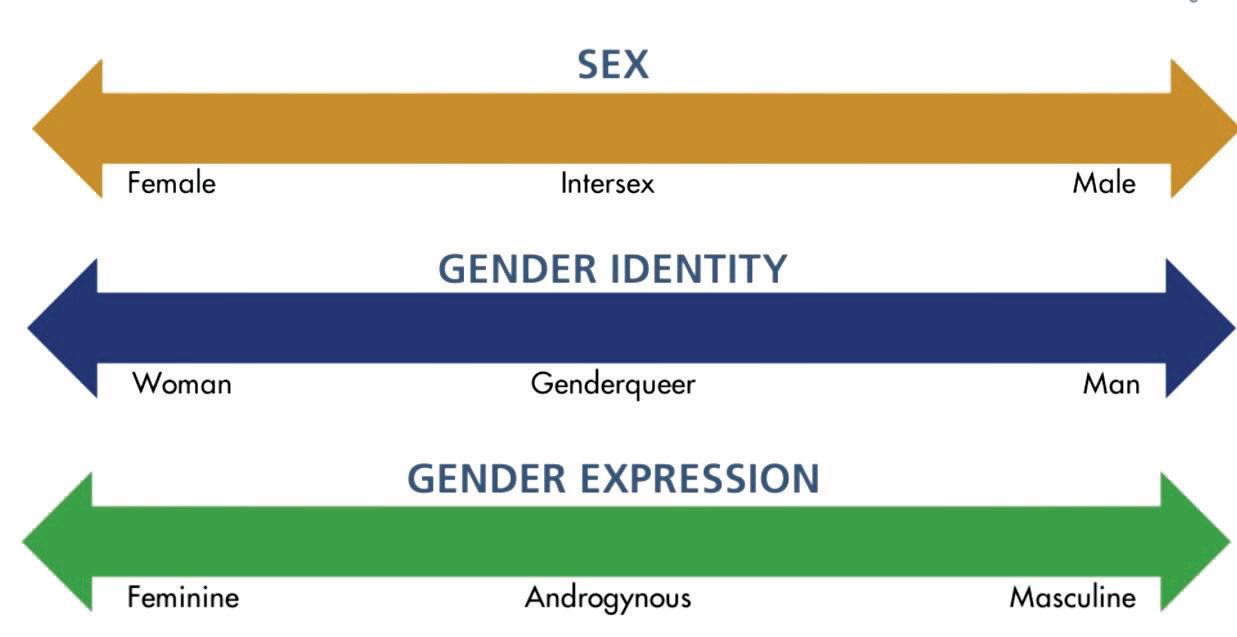
Looking at sex and gender, you may be thinking to yourself: What is the difference between the two terms? While “sex” refers to the biological sex a person is assigned with at birth, being female, male, or intersex (having both male and female productive organs), “gender” includes a person’s gender identity - a person’s internal perception of their gender, which can be different from their assigned biological sex, as well as gender expression, meaning the way a person expresses their gender, conveying a sense of femininity, masculinity, or androgyny (between male and female).
Different from biological sex, gender identity comes in a wide spectrum. We used to believe that every person is cisgender, assuming that everybody identifies with their biological sex. Over the years, we have come to learn that there are many more varieties and options. People who do not identify with their assigned sex at birth can be regarded as transgender, and/or non-binary, an umbrella term that includes many different gender identities instead of confining gender to just female and male:
1.Agender/Gender Neutral: Does not identify with any particular gender.
2.Bigender: Identifies with two different genders.
3.Demigender: Identifies partially with a gender and partially with another often with an emphasis on one of the genders (identifying mostly as a female for demigirl and mostly as a male for demiboy)
4.Gender Fluid: Identifies with different genders, alternating between them instead of identifying as one specific gender.
5.Gender Outlaw: Does not wish to be labelled and defined by conventional definitions of their biological sex.
6.Gender Nonconforming: Does not conform with the gender norms expected of them.
7.Genderqueer: Rejects and does not conform to the conventional gender distinctions categories. A genderqueer person can also be one who is questioning their gender identity.
8.Omnigender: Identifies with all genders.
9.Polygender/Pangender: Identifies with multiple genders.
10.Transsexual: Identifies with a gender identity and wishes to be transited permanently as the sex or gender they identify with, usually seeking medical assistance for the alignment of their biological sex and gender identity.
It is important to note that these terms and definitions are just general meanings and ideas, which are not definite and objective for each and every person. It is common to find different definitions for these terms on different webpages provided by different people on the internet. At times, even people in the LGBTQ+ community find it hard to determine the exact meaning of these words or choosing one that really suits their gender identities. It is crucial to remember that it is up to one’s rights and freedom to choose any term that is best for oneself and one’s gender identity – there are not definite rights or wrongs. As long as it represents how one feels internally, that is enough.
While most cisgender people prefer the pro nouns he/him (identifying as male) or she/her (identifying as female), you might have heard of the us age of different pronouns and/or combinations by non-binary and/or transgender people. For instance:
1.They/them: The person wishes to be referred to with they, them, and their.
(Yes, even when they are just one person!)
[E.g. “They are an artist. Their designs are gorgeous, you should ask them for advice.”]
2.He/they & She/they: The person can be r eferred to with both pro nouns. They are comfortable with both, and some may also prefer to be referred to with the two alternatively.
These two are just the comparatively common ones, there can always be more new alternatives and combinations used by anyone. You can always do more research when coming across a new set of pro nouns that you are unfamiliar with, or just ask the person about it respectfully! It is also crucial to remember that instead of making assumptions, it is always better to just ask them about their pr eferred pro nouns.
With the help of western media and activists around the globe, it is likely that most people are now familiar with the terms like “straight”, “gay”, “heterosexual”, “homosexual”, or “bisexual”. However, not only are these far from the only options when it comes to sexual orie ntation, but there may also be some more meanings or definitions attached to some of these terms that you may not know as well.
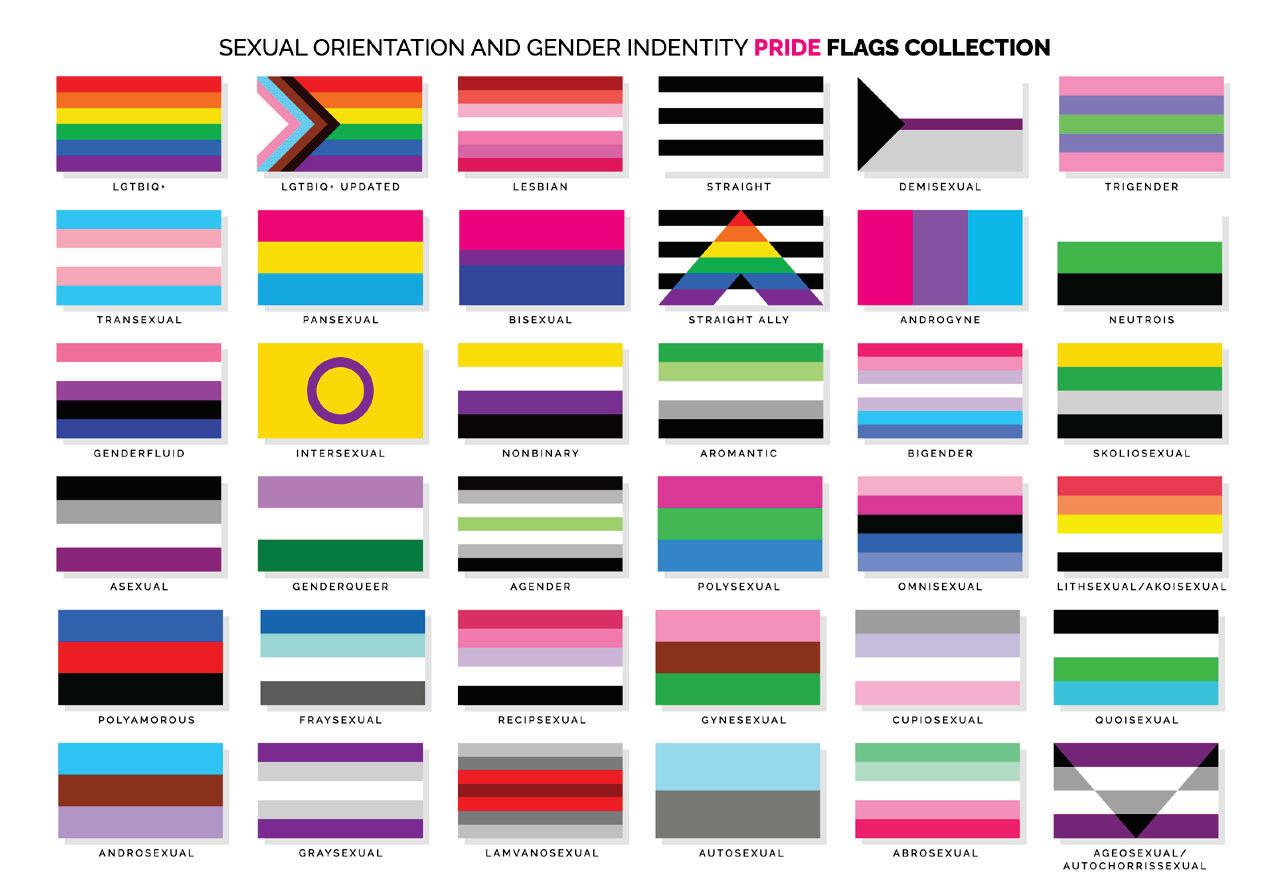
1.Asexuality: An asexual person experiences little to no sexual attraction to any sex/gender.
2.Bisexuality: A bisexual person has mostly been known as one who is attracted to both male and female in Hong Kong, yet a bisexual person can also be defined as one who is attracted to more than one gender, which can be more than two.
3.Demisexuality: A demisexual person is not sexually attracted to someone until they have developed a deep emotional connection with them.
4.Homosexuality: A homosexual person is commonly known as one who is attracted to the same sex/gender in a binary sense.
5.Heterosexuality: A heterosexual person is commonly known as one who is attracted to the opposite sex/gender. In a more inclusive and general sense, it can be defined as one who is attracted to sex/gender opposite to their own on the spectrum.
6.Pansexuality: A pansexual person is attracted to someone regardless of their gender, meaning that sex/gender is not a factor for them to feel attraction towards a person. [This does not mean they are attracted to anyone.]
As mentioned frequently in pride month just back in June:
“Love is love.”
“Love is love.”
A relationship belongs to the people in it, and it is not up to any outsiders to judge whether it is “right” or “wrong” because there is no model answer. As long as people are comfortable and happy with each other in a healthy and loving relationship, that is enough.
This here is not, by any means, a full and comprehensive article about everything you need to know about the LGBTQ+ community and the diverse spectrum of sex, gender, and sexuality. It is difficult to fully include all the definite meanings of the every terminology, as they are ever-changing and at times controversial or subjective. As a beginners’ guide consisting of some terms that you might not have the chance to be exposed to in modern day Hong Kong, the main goal of this article is for you to have at least heard of these terminologies as a global citizen in the 21st century. Being educated on the topic and an ally is the least we can do for the LGBTQ+ community members, who have been facing immense obstacles in the world for years. Hence we shall all continue to learn about these topics and educate ourselves with the related matters, and lend a hand whenever possible.
Useful websites and resources: h ps://about.gitlab.com/handbook/people-group/gender-pronouns/ h ps://medium.com/age-of-awareness/how-to-use-the-term-cisgender-correctly- dcab ae h ps:// .micheleangello.com/news/2 1 / /2 /genderqueer-vs-transgender h ps:// .healthline.com/health/transgender/genderqueer h ps:// .medicalnewstoday.com/articles/types-of-sexuality types h ps://lgbtqia.ucdavis.edu/educated/glossary h ps:// .medicalnewstoday.com/articles/bisexual-vs-pansexual pansexual-de nition
 Written by: Belle Chan Designed by: KC, Jason
Written by: Belle Chan Designed by: KC, Jason







Yaoi, used to denote sexually explicit male-homoerotic magenre among women, especially teen girls. While it is palpable minimal progress in the representation of gay men as homophobic

Akiko Hori’s article “On The Response (Or Lack Thereof) of Japanese Fans To Criticism Yaoi media) are partaking in homophobia by reading Yaoi. A common argument for Yaoi as of gay men, thus causing readers of it to oversexualize or stereotype real-life gay men. Even harms actual members of the gay community. Fantasy or otherwise.
Gay men are stereotyped as sexually charged. In Japan, this comes through the stereostereotyped as licentious and sexually abnormal. However, amongst Japanese women, hothe ways Japanese women view men within Yaoi. Within Yaoi there exist two general tropes They are lithe, have large eyes, and are submissive. The seme, on the other hand, is large, west, where one is either a “top” or a “bottom”. Or the way in which people will ask a gay ports hetero culture in the way it stereotypes gay men in a way that shows feminine mascua stronger focus on the non-binary aspects of sexuality. To western queer activists, the usage beliefs than in Japan. p





Within Yaoi the characters’ own sexuality is rarely touched upon. And when it is, it is almost in opposition to homosexuality. Within Yaoi there exists the trope of a lead declaring “I am not gay, but I am attracted to you”. This has led to Yaoi having, rather than an accurate representation of homosexual characters, an “aesthetic” of homosexuality.
Even if the main couple doesn’t declare opposition to the label of “gay” or “homosexual”, they still rarely face societal opposition that real-life gay men would face. They rarely face discrimination or physical assault for being gay. By showing imagery of two men in a sexual relationship, but failing to touch on the actual societal issues and struggles they would face for doing so, Yaoi is showing a mere shadow of actual homosexual representation. So even if LGBT individuals wished to read Yaoi as a way to gain representation or seek solace, they would not be able to find representations remotely applicable or relatable to the real world.
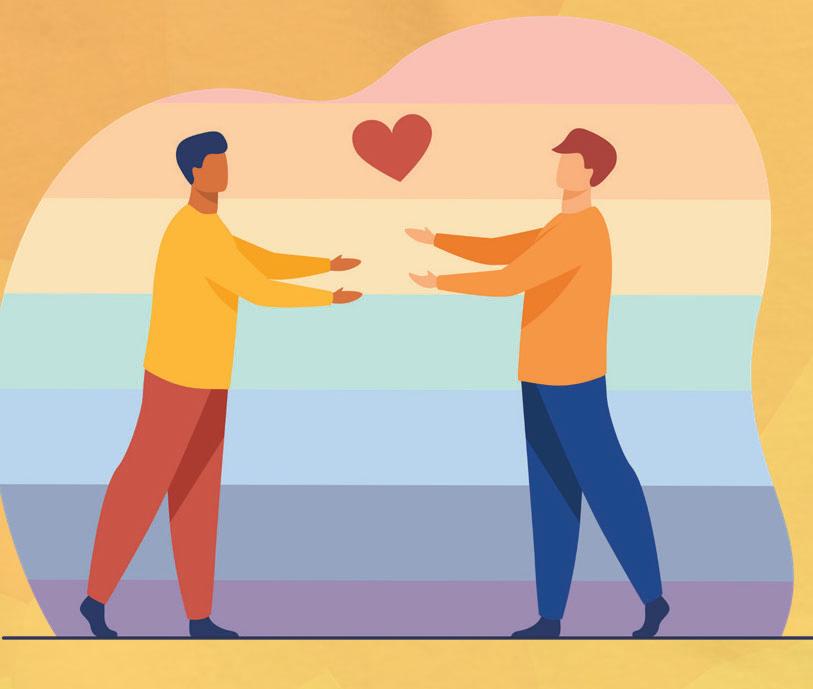



terial of Japanese origin, usually in the forms of manga or anime, has long been a popular that some take pride in the avid consumption of these media, Yaoi content helps achieve agendas are entrenched in and spread through the media itself and its zealous consumers.
That Yaoi is Antigay Discrimination” discusses the discourse that fujoshi (avid enjoyers of homophobic is from gay men, who claim that Yaoi as a genre has unrealistic representations women who argue to be accepting and anti-homophobic are still consuming media that

typing of gay men in mass media. Amongst Japanese men, homosexual men are generally mosexual men are considered effeminate in ways not always tied to sex. This is reflective of that the main couple falls into: “the uke” and “the seme”. The uke is coded as feminine. muscular, and dominant. This is similar to the assumed relationship between men in the couple “so which one is the wife?”. While the genre shows non-hetero couples, it still supline dichotomy. This idea is particularly strong in western discourse, where LGBT culture has of the uke and seme trope would be more strongly associated with traditional homophobic
One of the reasons why women are gripped on Yaoi content is that consuming said media charged them with homophobia and a need to elevate themselves within a hierarchical society at the expense of homosexual men. That is, while avid Yaoi consumers were actively raising the position of women, it came at the expense of gay men mainly via the argument that Yaoi supported negative stereotypes.
The sexual nature of Yaoi contributes to the homophobia among its enjoyers. Gay men see Yaoi as co-opting the experiences of gay men and twisting them into masturbatory material for women. The sexuality of gay men is what ostracizes them from the hetero majority, so focusing on that and using that aspect of them for selftitilization is seen as malicious and in poor taste.


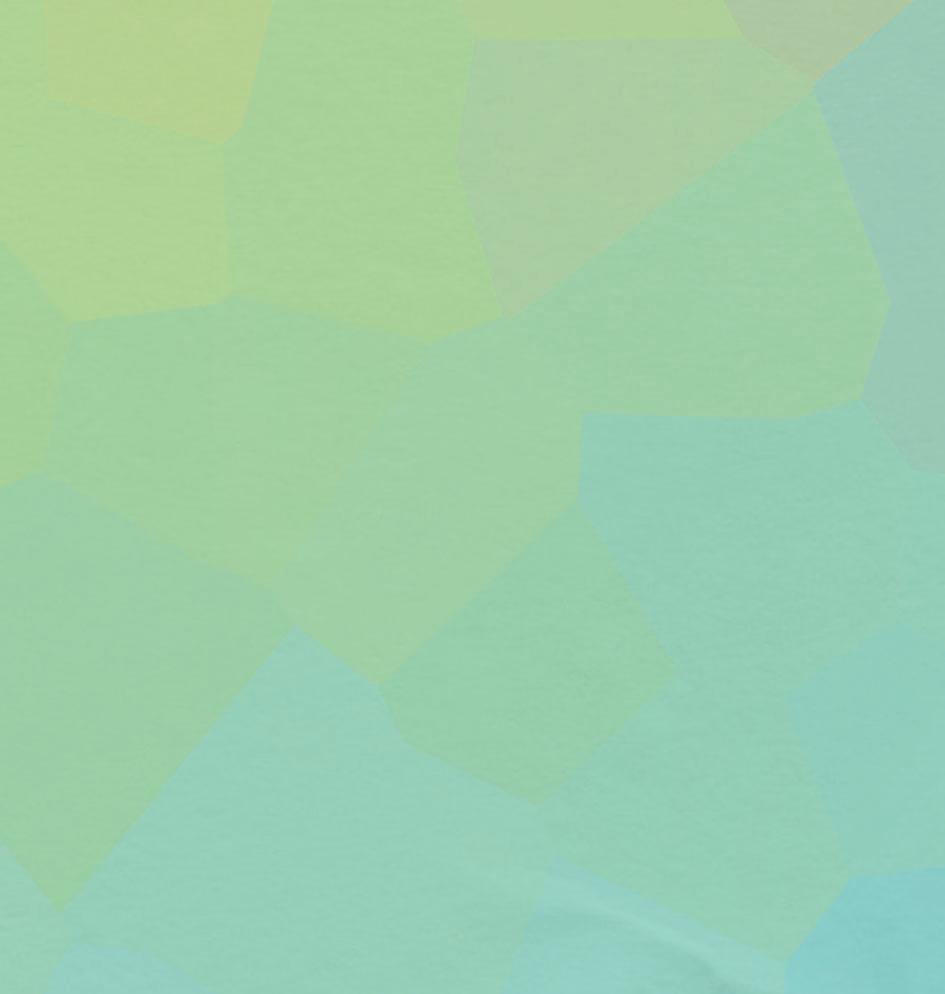

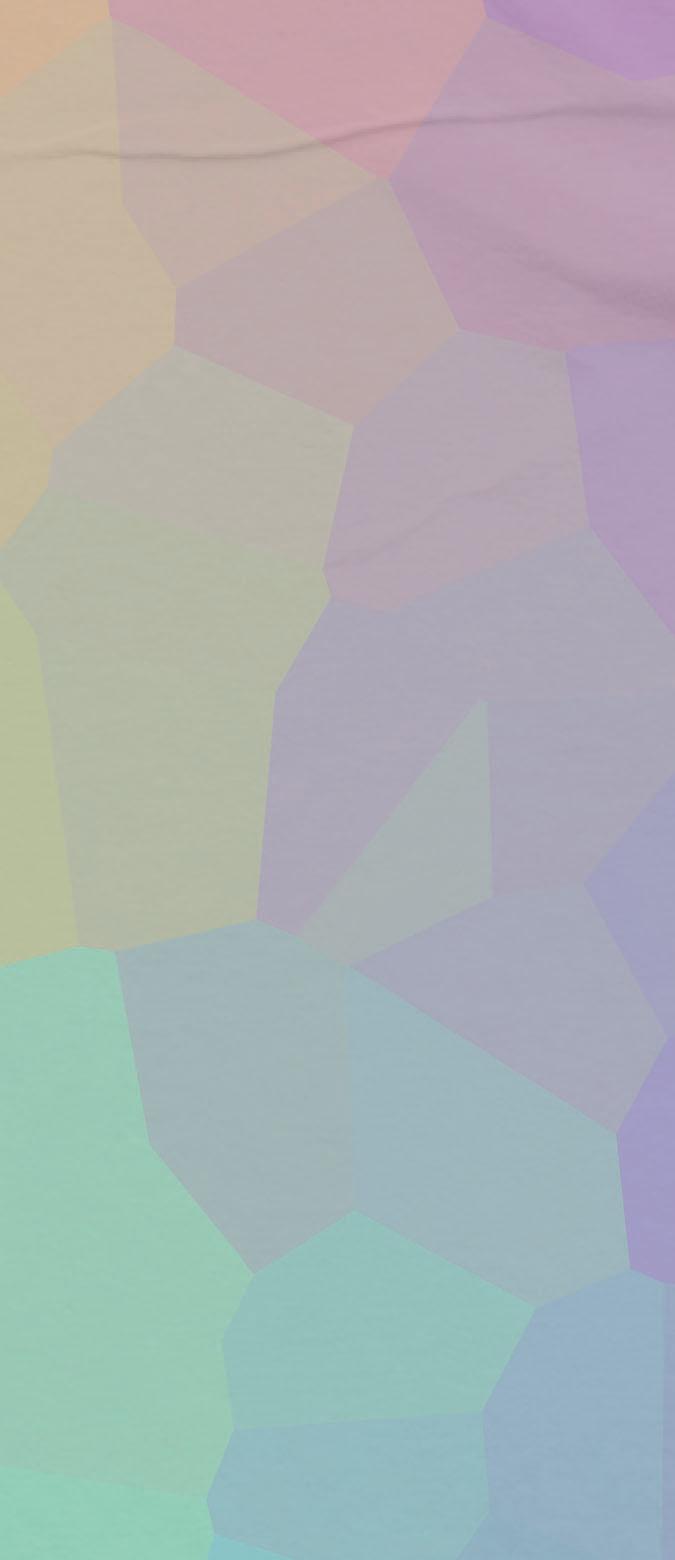
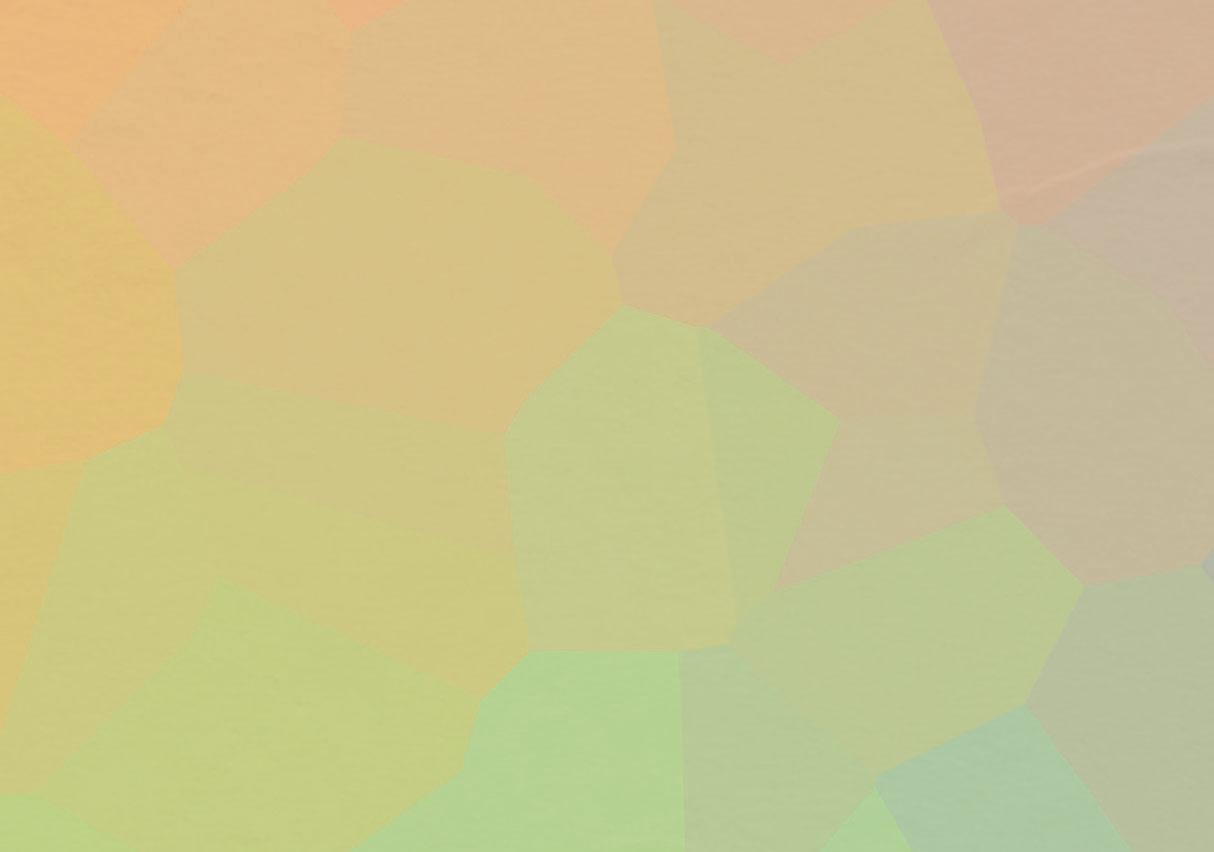

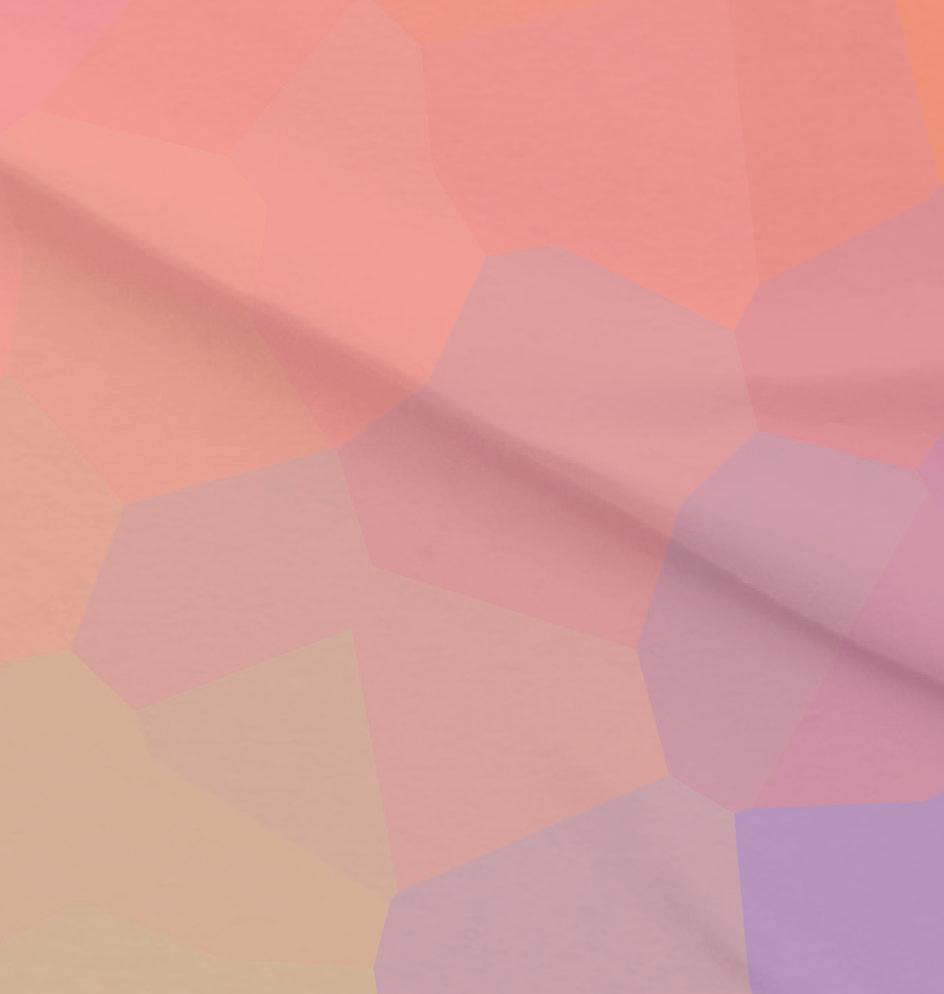
Yaoi has been frowned upon as “a genre in which men belonging to the homosexual minority were being depicted in a purely fantastical way by and for women belonging to the heterosexual majority”. Such criticism ties to the societal forces gay men feel within Japan as well as the west. To avid enjoyers of Yaoi, they are part of the societal majority. They are women, yet almost a great majority of them are straight. They fit within the hetero values of society. And when they read Yaoi, they are oppressing and sexualizing a minority group who is constantly disempowered by society.
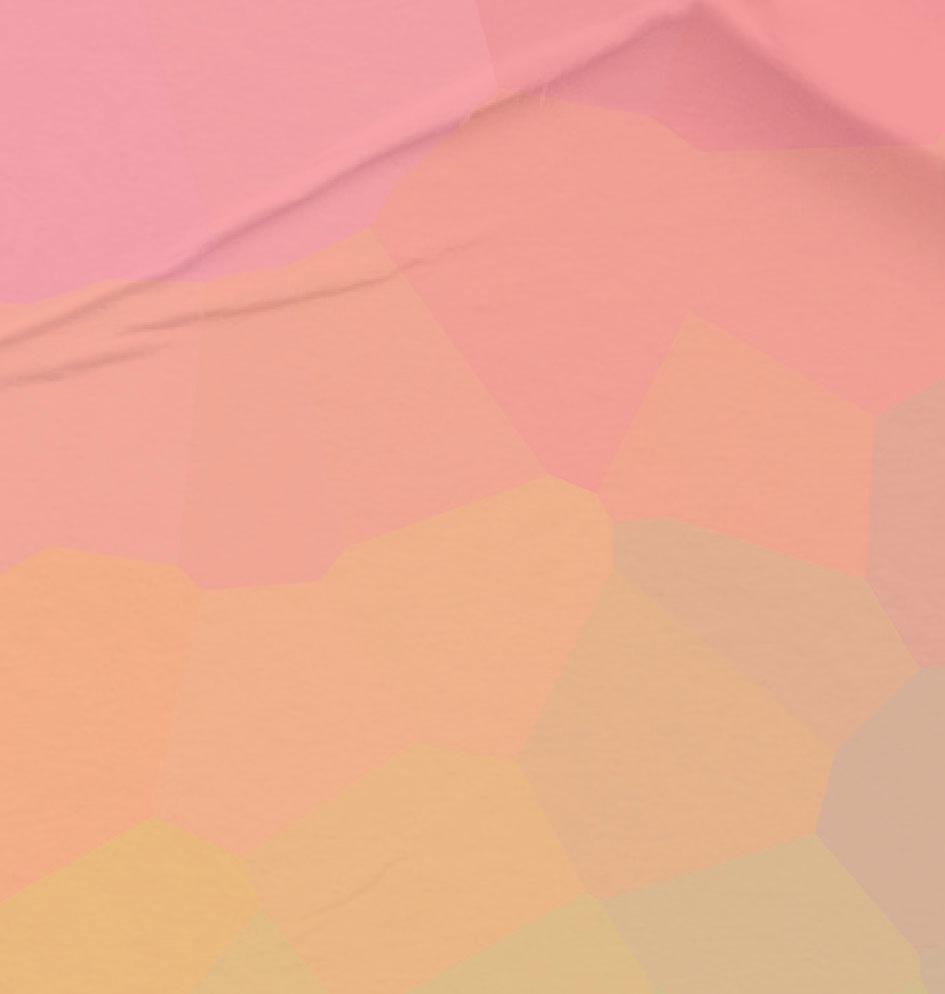



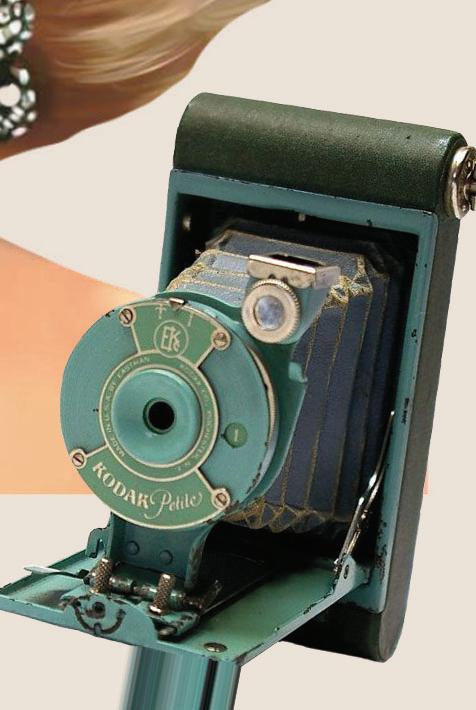



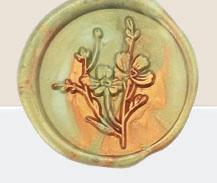
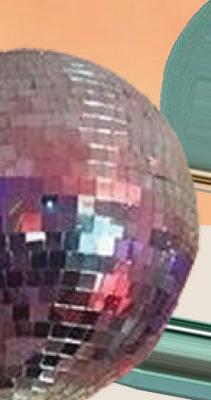 Written and Designed by Natalie WooWritten Designed by Natalie Woo
Written and Designed by Natalie WooWritten Designed by Natalie Woo




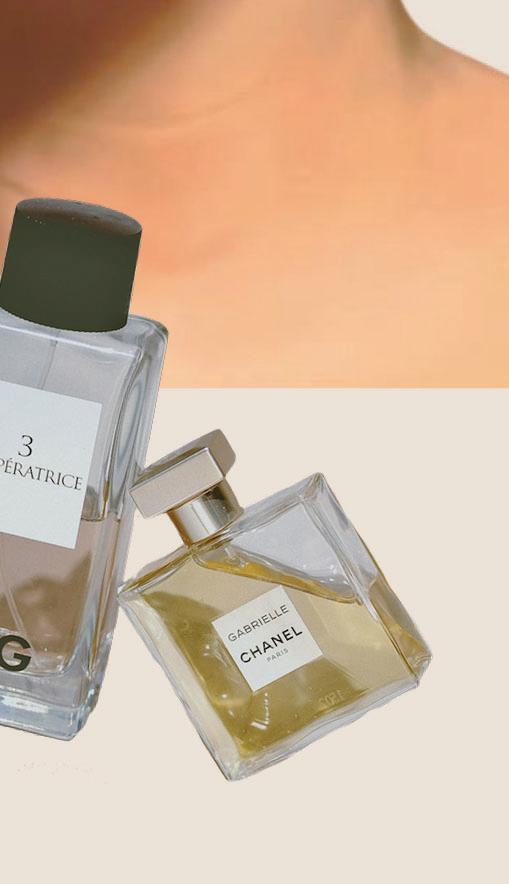


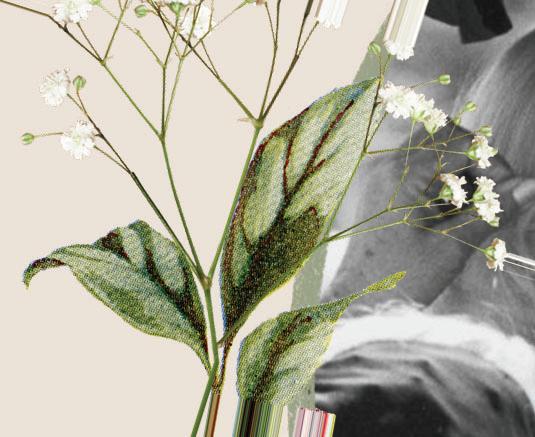

She was often labelled as the “blonde bombshell”, the “dumb blonde” or the “legendary sex symbol”, a women who had so much to offer yet the world failed to see what’s beneath the layers of foundation and her striking body curves. Despite this, she still remained a legendary





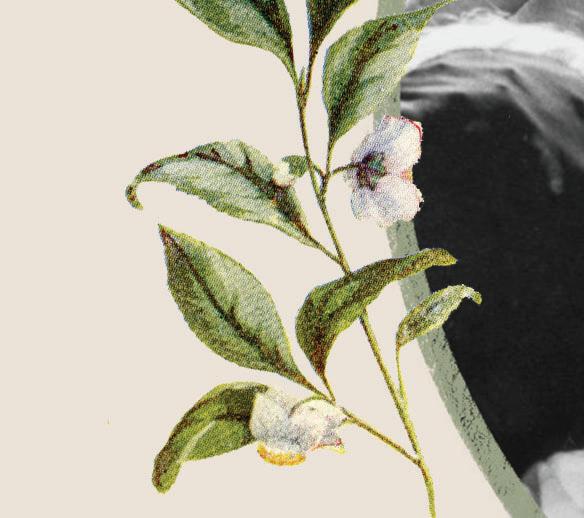





A recent example would be how Kim Kardashian made headlines in Met Gala by wearing one of her iconic pieces - the Happy Birthday to My President dress in which she sang Happy Birthday to John F. Kennedy.

Why was Marilyn Monroe so iconic? Was her acting career only showered by glamour and glow? Why is her name still relevant after 50 years since her passing?
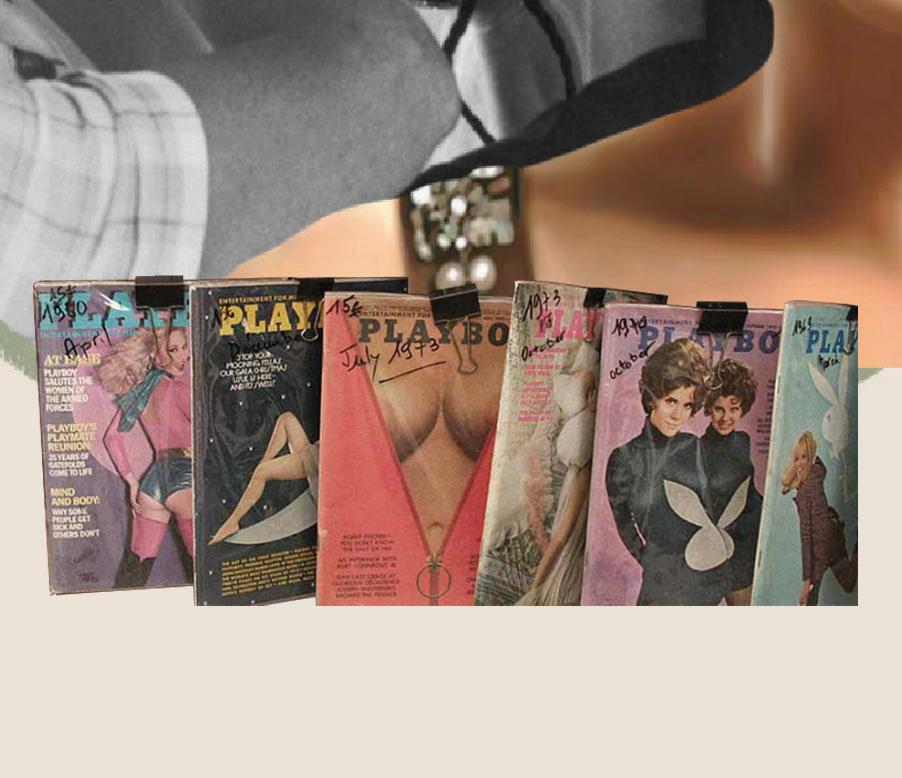
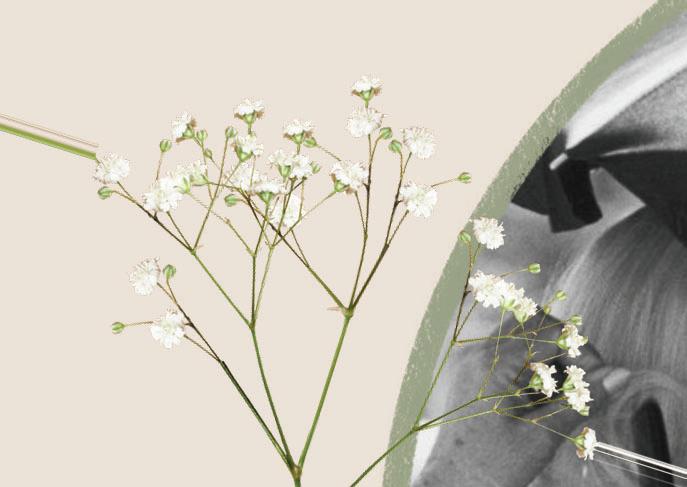
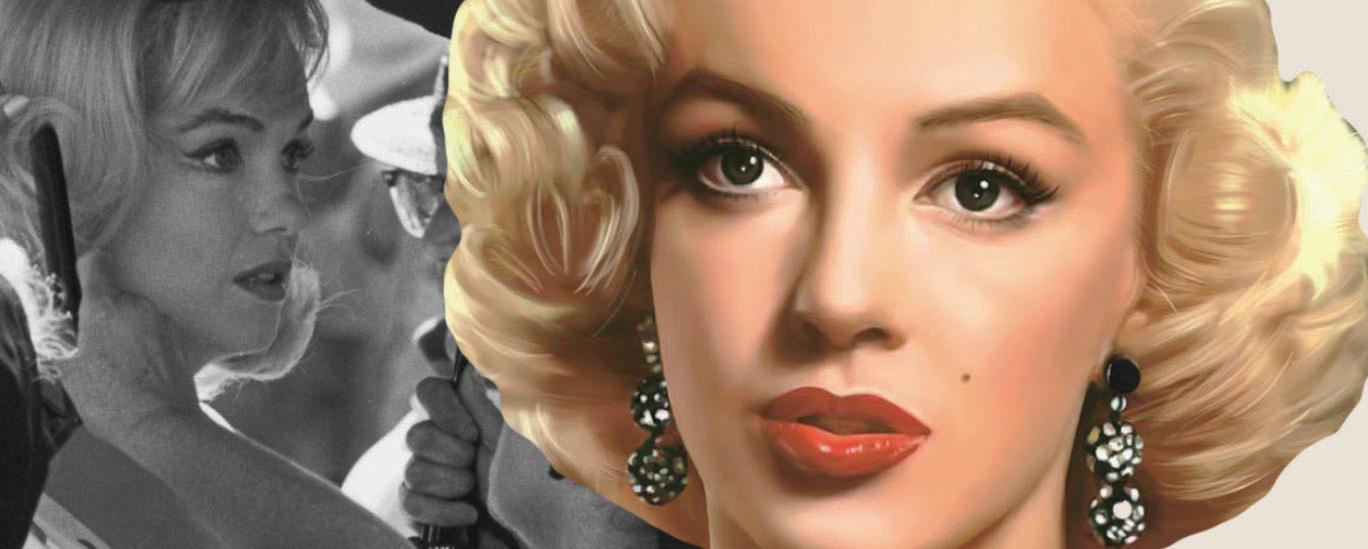 Photo Credits: Robby Baker
Photo Credits: Robby Baker
“If I’d observed all the rules, I’d never have gotten anywhere.”




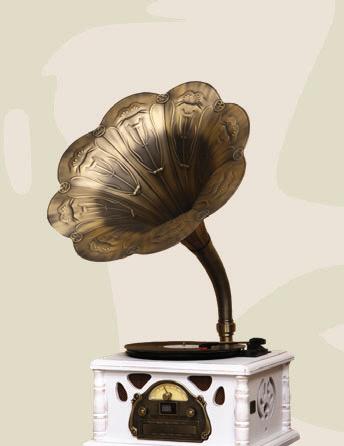








In the early 1950s, Hollywood was experimenting with more provocative material, such as the close-up shots of female body in multiple scenes (the situation sadly perpetuates until now) to differentiate the experience of movie-watching from other forms of home-based entertainment. Such scenes gave people the allure, the adrenaline rush and the addiction to keep consuming similar content produced by the industry.





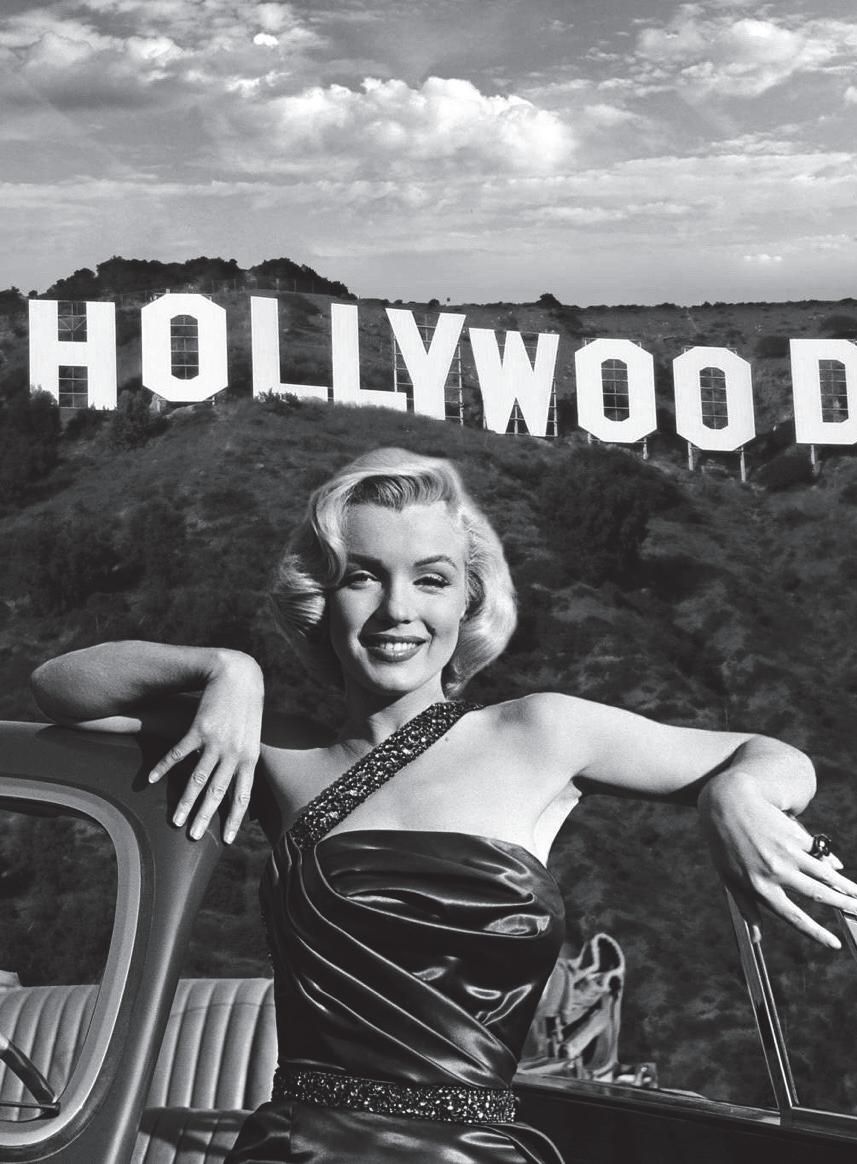
At the same time, Marilyn was struggling to make ends meet. Eventually, she reached out to Tom Kelly, a prominent photographer. Together, they published one of her most famous nude photoshoots, “Golden Dreams” , from which she had only made $50 out of it. The negatives of the nudes were then bought with only $500 by the owner of the Playboy magazine, Hugh
it when he posted the nudes on his magazines for promotional purposes.











This was one of the fastest ways for a woman to win acclaim for oneself in Hollywood back in the 60s, winning by showcasing her sex appeal to male audience.
Meanwhile, Hollywood continuously gave her one-dimensional yet sexually available dumb blonde roles, on one hand submitting her to the male gaze while diminishing her acting abilities on the other. The scene in the movie “The Seven Year Itch”, where she stood on a subway grate, trying to hold down her dress as a gust of wind blow it up, revealing her underpants.
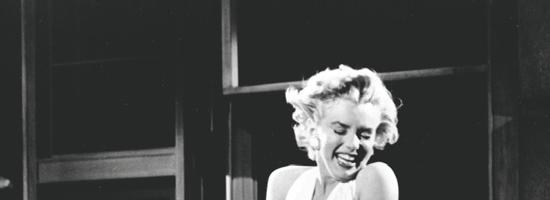
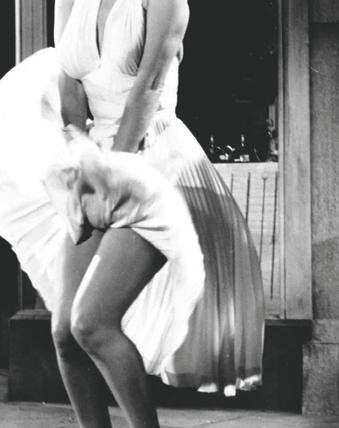

regarding the shooting of that scene.
“But then Billy kept shooting the scene over and over again in front of a crowd of men applauding and shouting ‘More, more Marilyn- let’s see more.’”
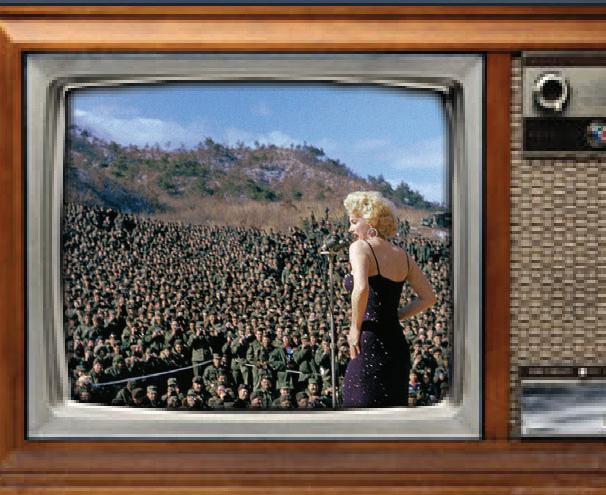
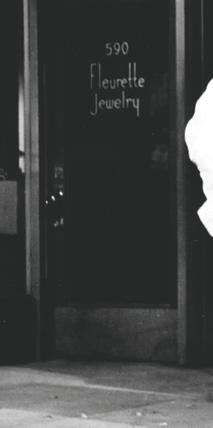


the camera closer, carefully focusing on her crotch. What was supposed to be a fun scene turned into a somewhat erotic and sexual scene, and certainly not the most comfortable one for Marilyn.


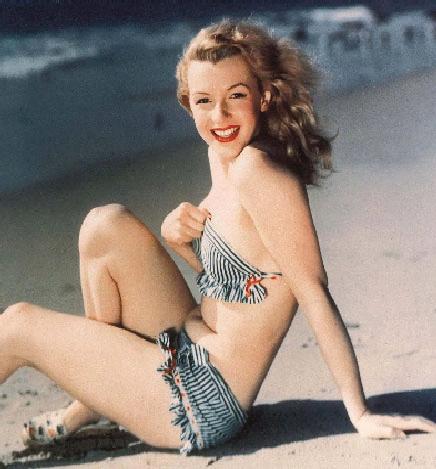 [Marilyn performing for troops in Korea] forMarilyn performing[M oops intr
Photo Credits: Bettmann/Getty Images
PhotoCredits:7YearItchMovieStills
Photo Credits: klipartz.com
Photo Credits: Colleen O’Eris
Photo Credits: Vanity Fair
Photo Credits: Vogue UK
[Marilyn performing for troops in Korea] forMarilyn performing[M oops intr
Photo Credits: Bettmann/Getty Images
PhotoCredits:7YearItchMovieStills
Photo Credits: klipartz.com
Photo Credits: Colleen O’Eris
Photo Credits: Vanity Fair
Photo Credits: Vogue UK
s:








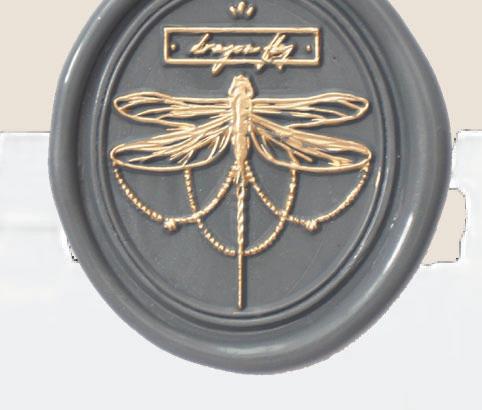





“There was no empathy at the hospital. I felt I was in some kind of prison for a crime I never committed. Everything was under lock and key… With the violence and markings still remain on the wall from former patients...”



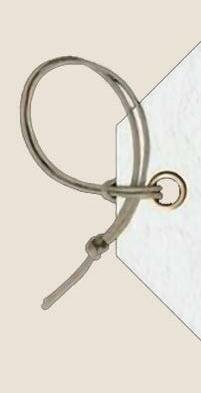







Having known the huge sum of fortune Marilyn had made from Hollywood, many would boo at the idea that the world’s most famously voluptuous “dumb blonde” is in fact a victim in the industry. In addition to her well-known childhood problems –a father she never knew and a mother placed in asylum, moving from orphanage to foster homes and being sexually molested by foster parents. However, the life of the 1950s Hollywood actress had no short of depressive episodes.
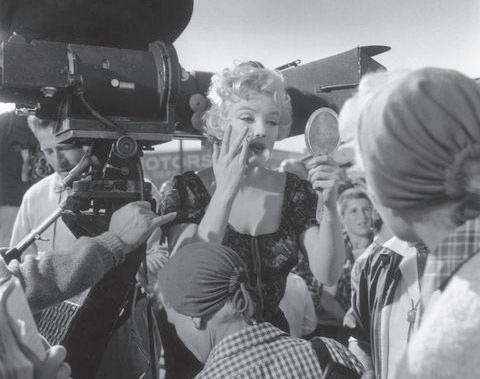
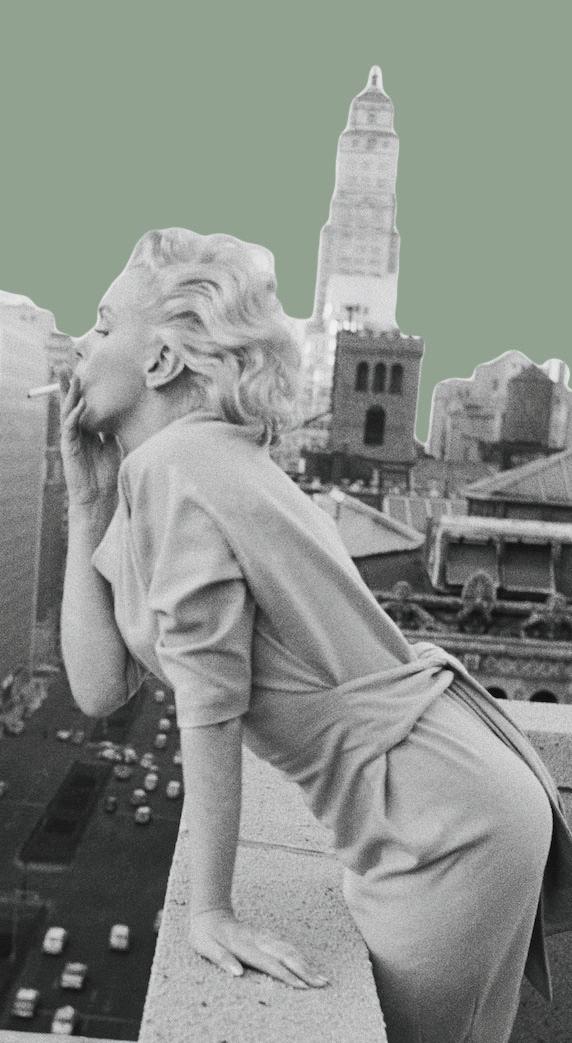
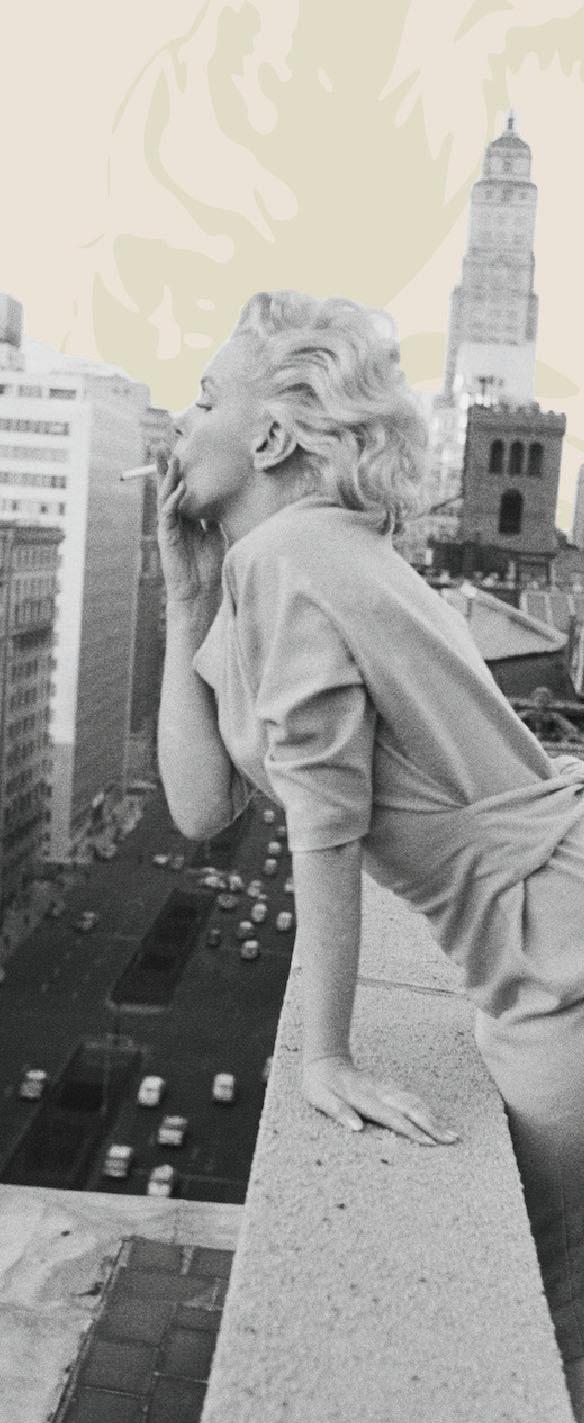
Despite being a renowned actress, she suffered from dyslexia, which made it extremely

,
while also being bipolar, hence was constantly prescribed loads of medications and leaving her a hard time to have full control over her emotions. Despite the age difference, her fans thought her third and longest marriage to the playwright Arthur Miller would put a stop to all the misery, a relationship which she openly addressed as . However, the actress was left heartbroken when she found out Miller expressed disappointment and second thoughts on their wedding and was occasionally embarrassed by her in friends’ gatherings.
Shortly after her announcement of separation with Arthur Miller, her psychiatrist had assured her the transferral to Weill Cornell Medical Center was to give her the rest she needed, hence having her sign the papers to admit herself. This hospitalization, despite only lasting for 3 days, turned out to be one of the most traumatic events she had ever experienced.




atr
- From her 6 page long letter to her psychiatrist in 1969.


The more she sobbed and banged on the doors of her designated psychiatric cell, the more that the staff believed she was indeed psychotic. A *psychiatrist* then came into her cell and gave her a “medical examination” which included unnecessary breast examinations for lumps that indicate cancer even when she declared she was physically healthy. After threatening the staff to cut herself with glass and several letters mental institution. It was less than a year later when she was found dead in her apartment, suspected to be caused by substance abuse.

The chia A * ina i th Af m d



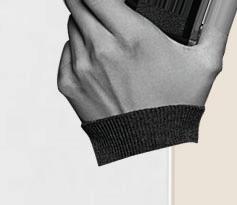








 Photo Credits: Harold Clements/ DailyExpress/ Hulton Archives
Photo Credits: Harold Clements/ DailyExpress/ Hulton Archives
“ I believe that everything happens for a reason. People change so that you can learn to let go, things go wrong so that you appreciate them when they’re right, and sometimes good things fall apart so better things can fall together.”
-Marilyn Monroe









60 years since her passing, her name was still a legendary icon of all time. Her death seemed to create this iconic immortality in which you can almost come across her face in all kinds of products, advertisements or even artworks. Her visual image had been a recurring theme for multiple artists, notably Andy Warhol, who produced several prints of her face in his artwork. Warhol’s work is then further adapted as Nike Warhol/ Monroe custom AirMax Shoe or even 3000-piece Lego production.
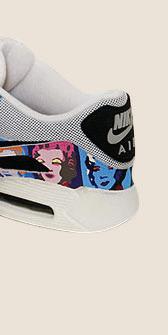
Since the money-hungry corporate heads are the ones making these decisions for where to put Marilyn’s name and face, it is no surprise that her face was being plastered on all kinds of products from Absolute Vodka to Merbiopic “Blonde”, which is about to be released this September.

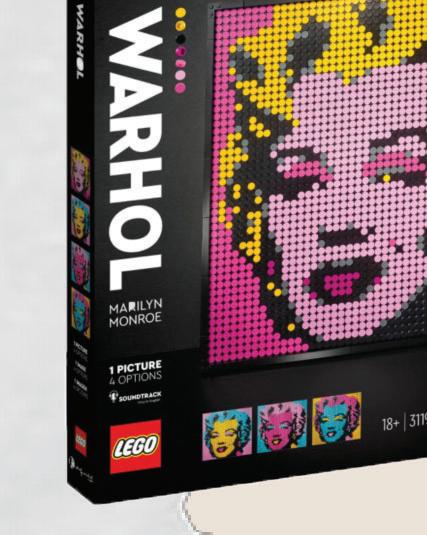
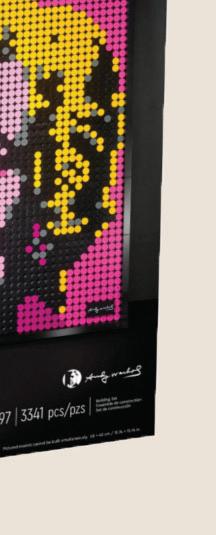
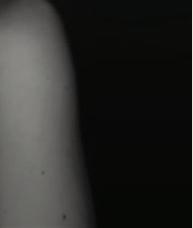
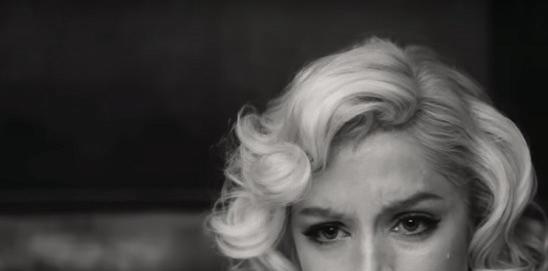


nation
The above cultural fascination of her had perhaps outshone the efforts she made in achieving gender equality and feminism advocation in the industry back in the 60s, an industry which was centered by male dominance.

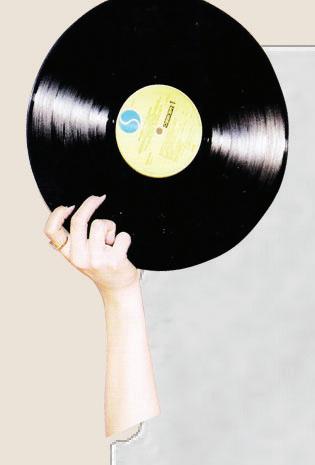
She wasn’t afraid to point out she was paid less than her co-star in “Gentlemen Prefer Blondes”, she was bold enough to argue for her own dressing room, she wasn’t ashamed when her nudes leaked within a society so conservative, and sex was still a taboo, fully echoing with “My Body, My Choice” before such feminism movements were even imposed.
She founded her own production company with a huge studio, totally unheard of in a male-dominated industry back then.
, ch


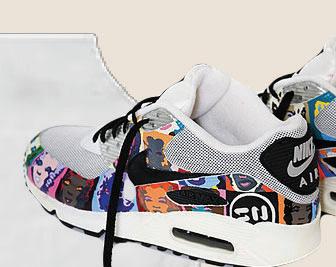






Michelle Morgan once said in her book,The Girl: Marilyn Monroe, The SevenYear Itch and the Birth of an UnlikelyFeminist:
“She won an important battle, not onlyfor herself, but for other actresses com-ing up behind her. Refusing a role shewas contracted to play was an astonish-ingly brave position for ant actress ofthe studio era to take.”


Marilyn was a woman who made herself into a star, conquering multiple barriers and glass ceilings, creating a life that was more dramatic than any of her roles she played in her entire career. She seemed every inch of a star, glorying in her success, however broken she might be on the inside, which could not be glossed over by diamonds or pearls.
She refused to keep quiet in an age that believed such abuse rarely happened and when it did, the victimized girl was responsible. The roles she played may mostly adhere to the male fantasy, but she also became a feministic icon of empowerment, an icon much ahead of her time.
Photo Credits:JosephJasgur She was Marilyn Monroe, a glamorous Hollywood movie star in the 1950s.
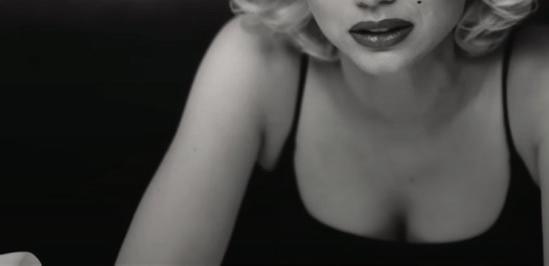
She was also Norma Jeane Baker, once an 8-year-old girl dreamt of reaching the stars, and long-lived in people’s hearts in this day and age ever since.

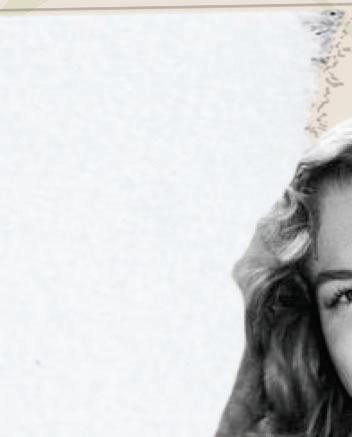
death-187818

















